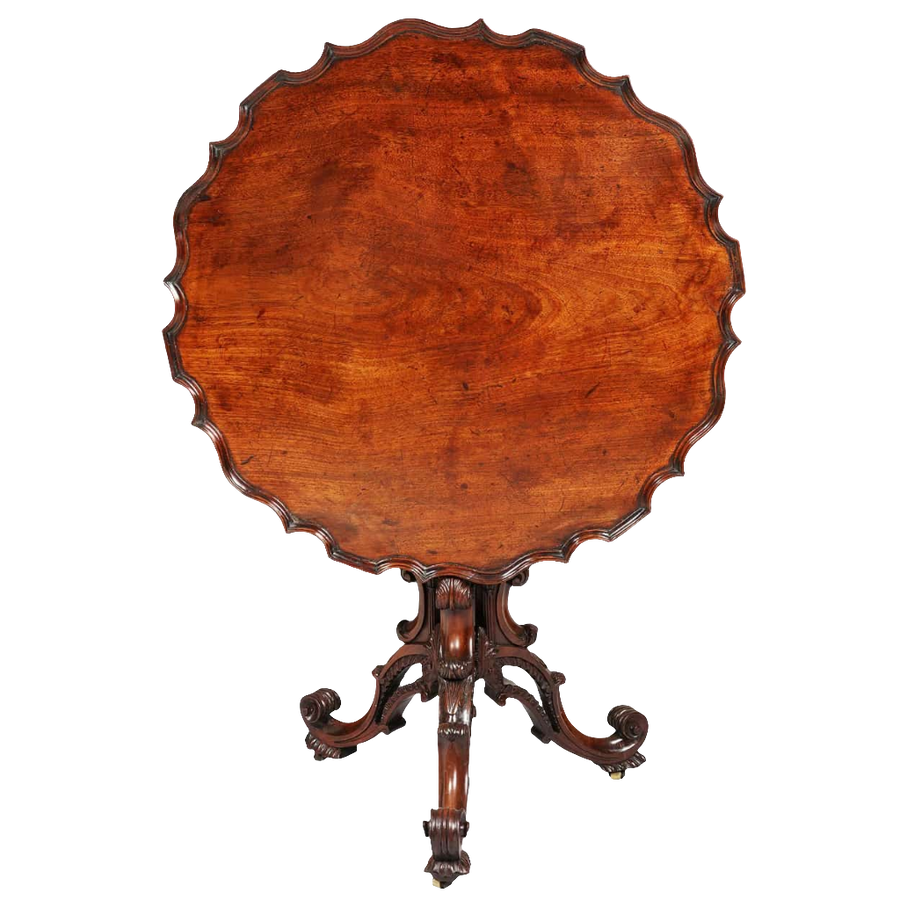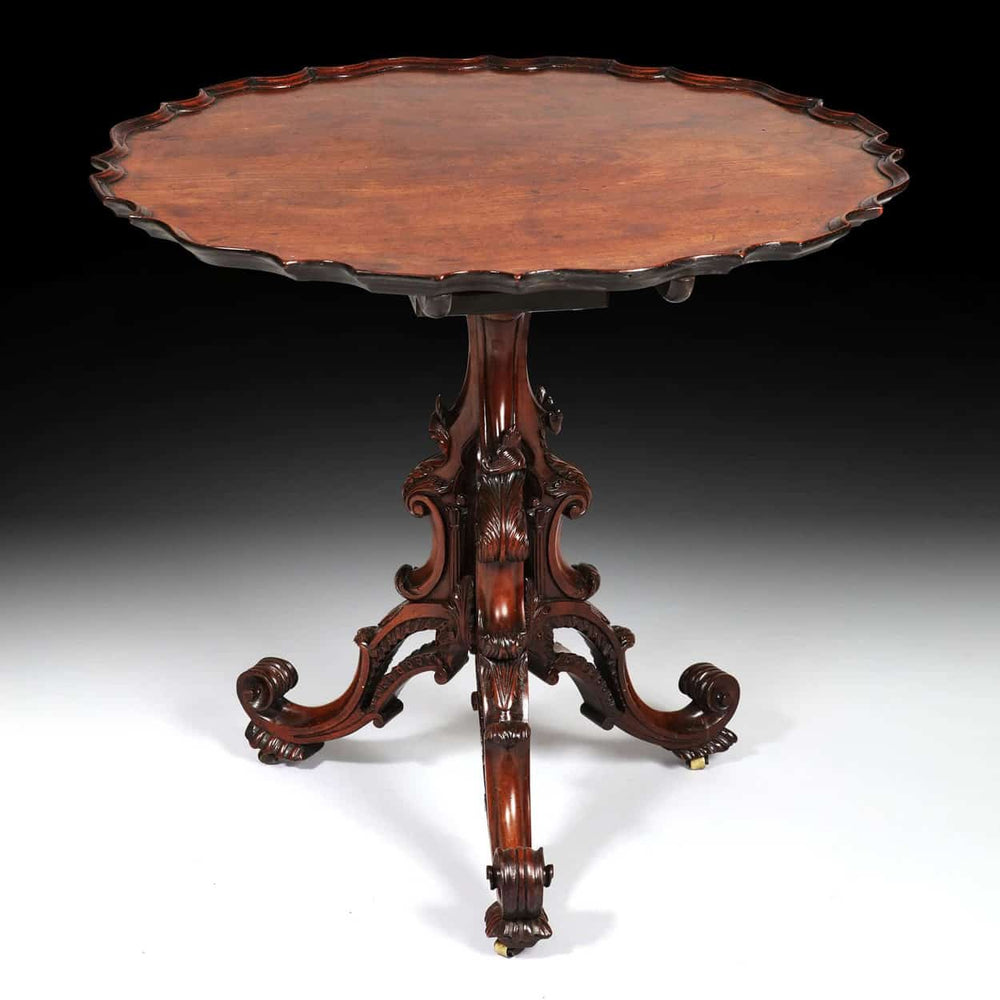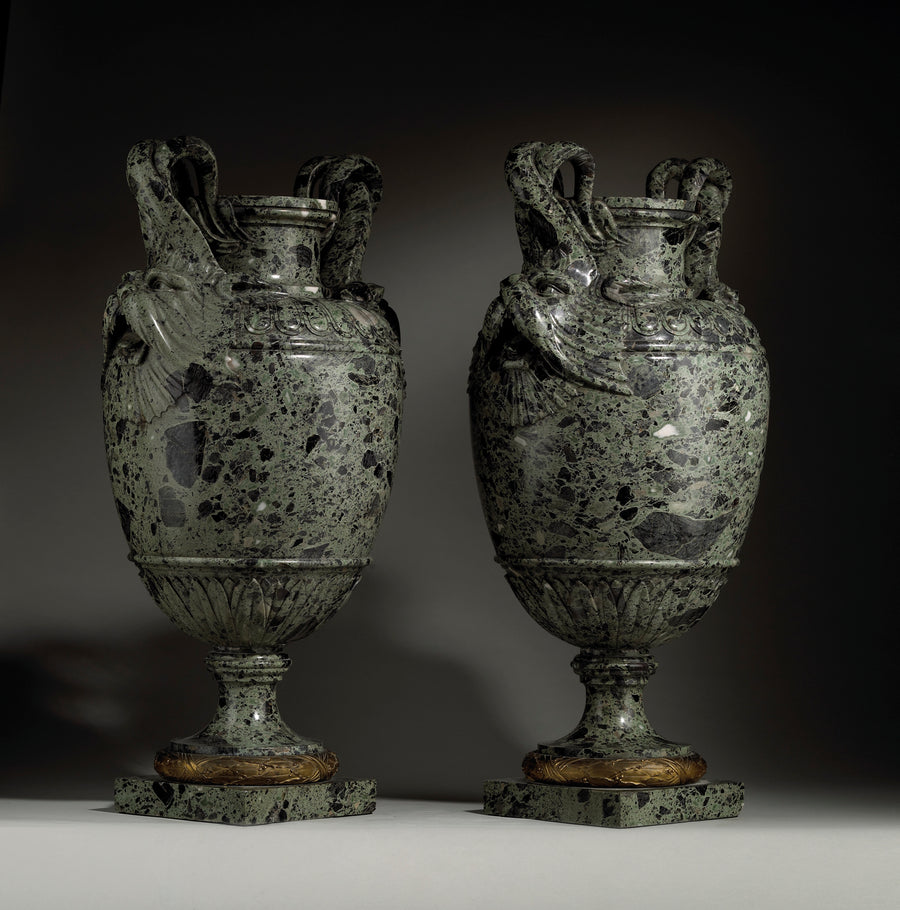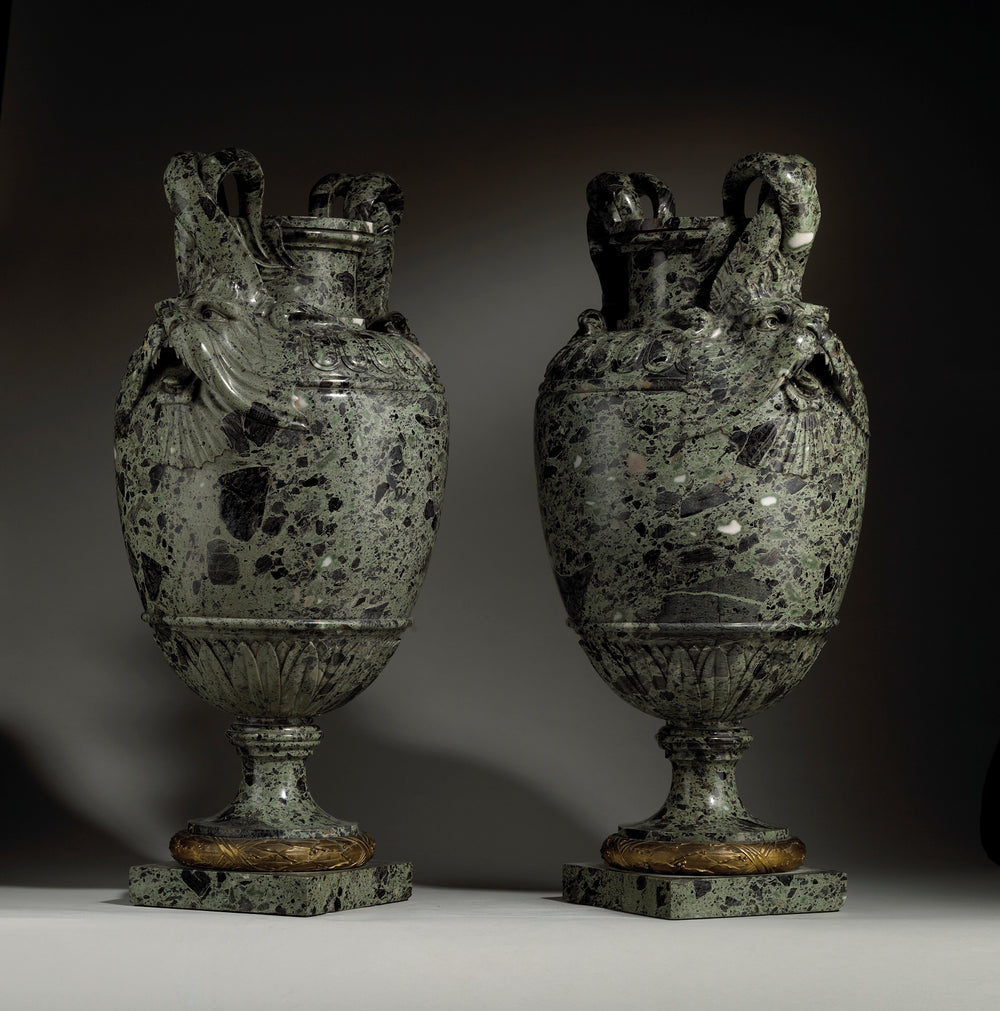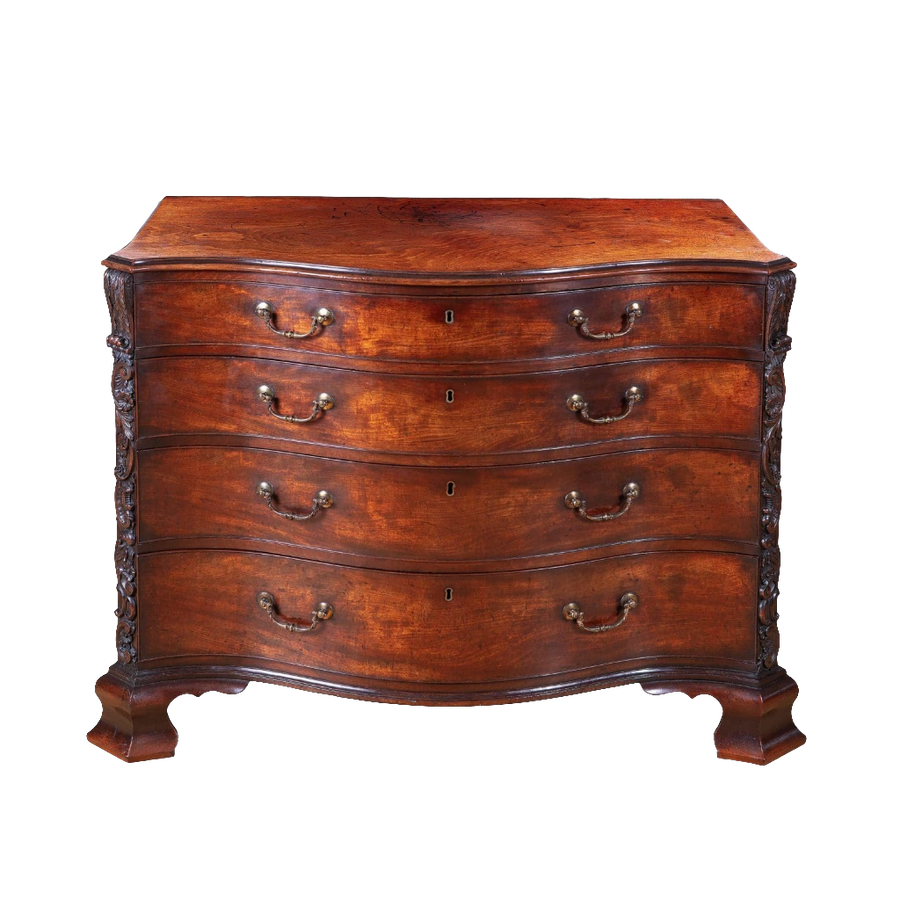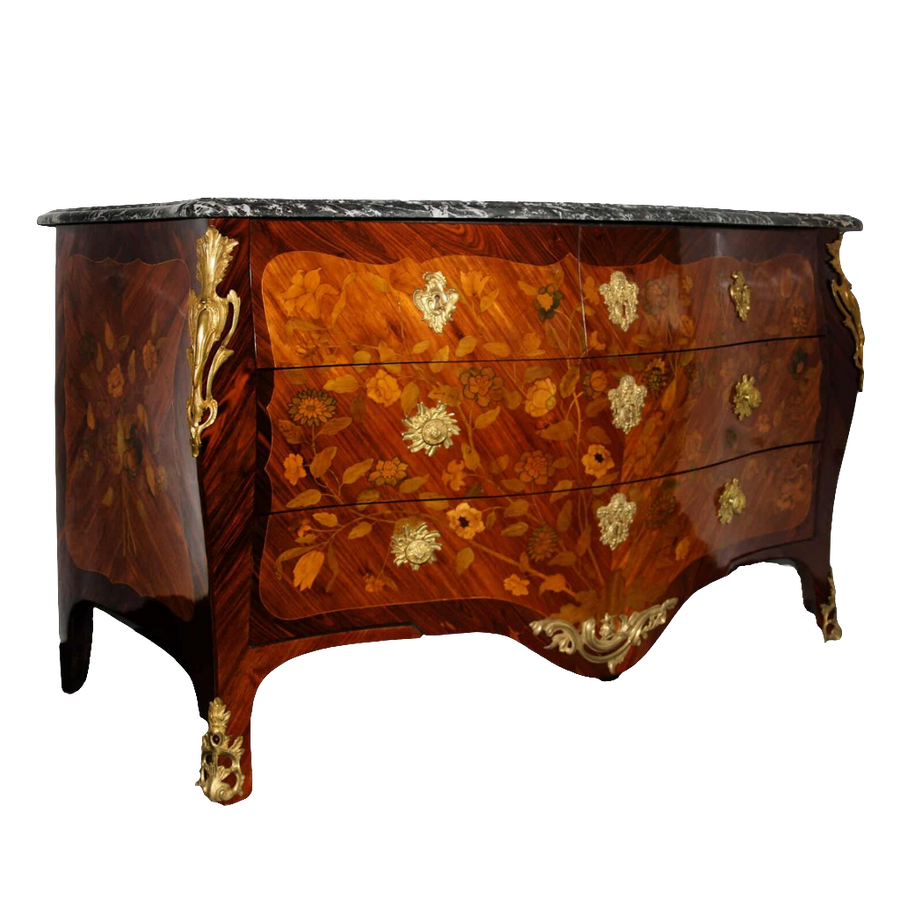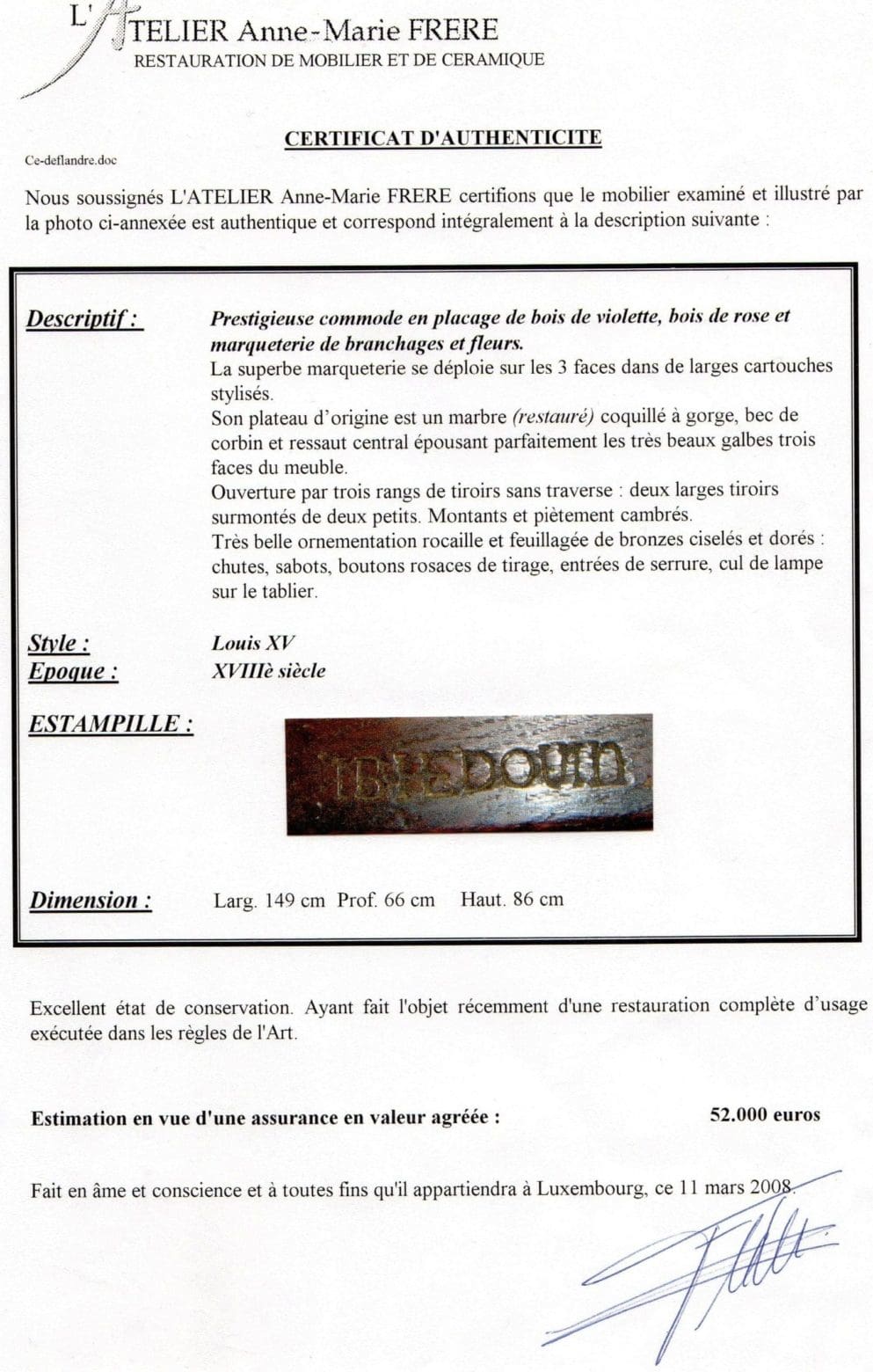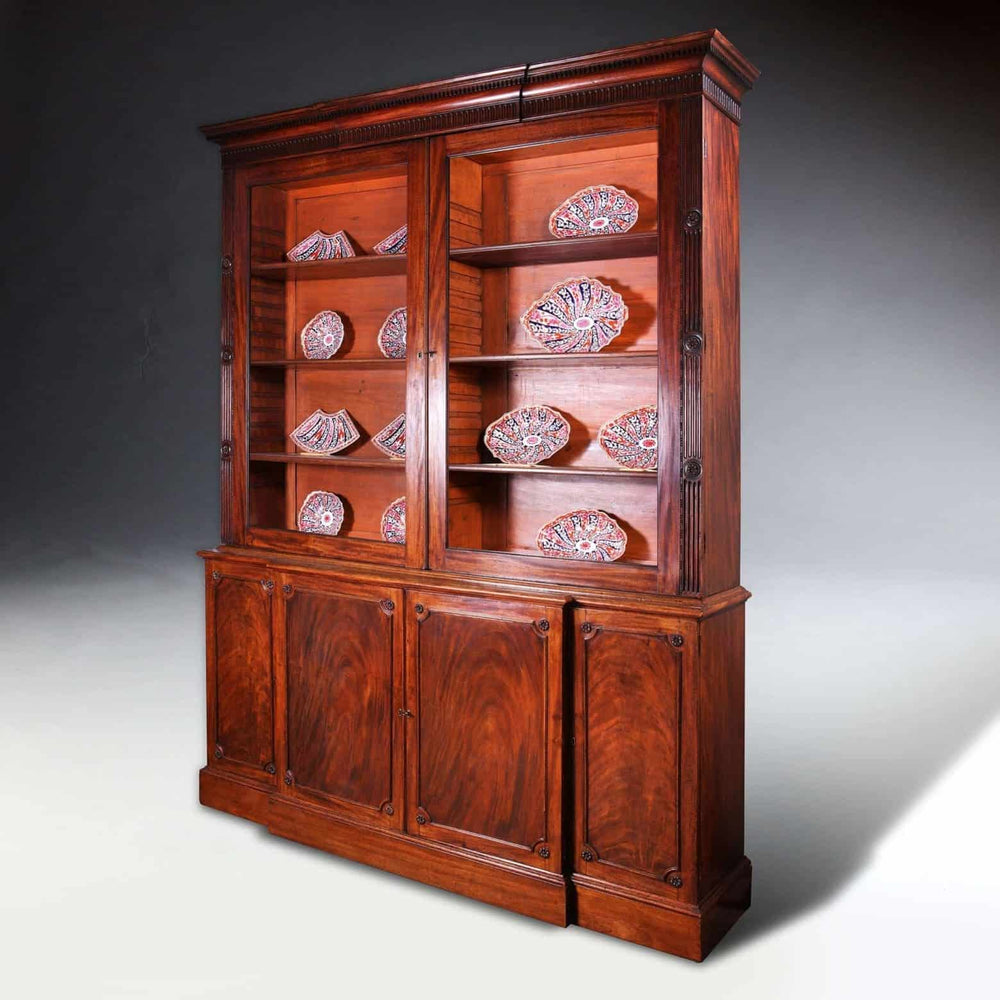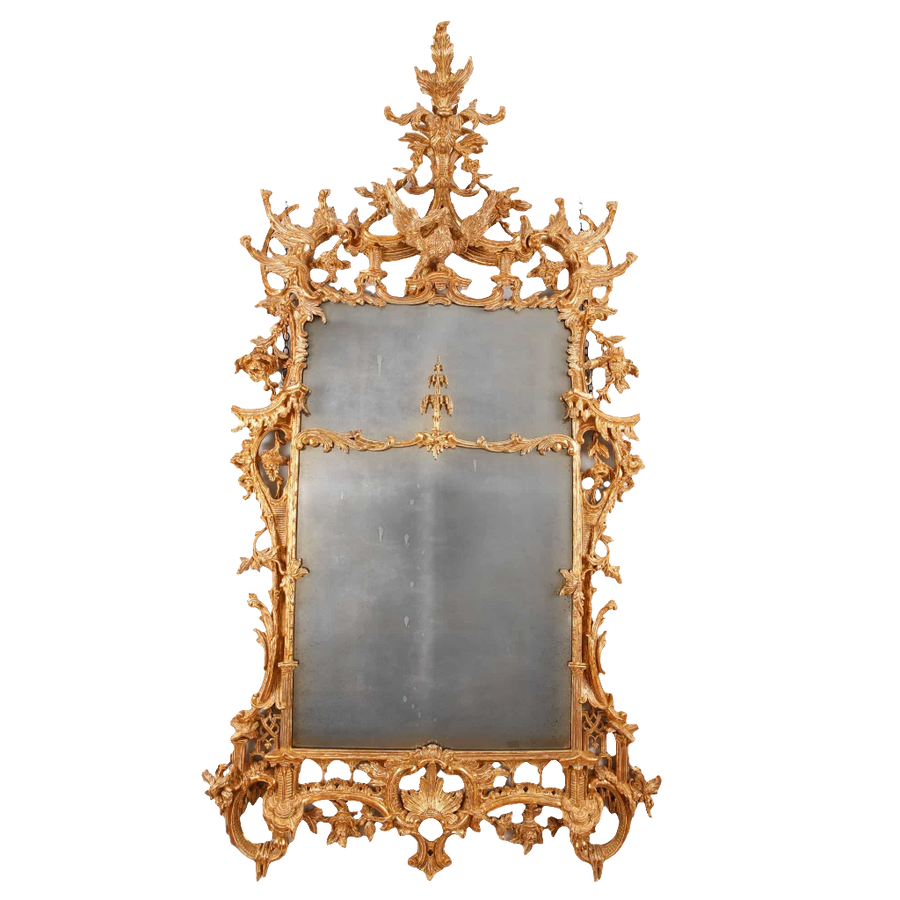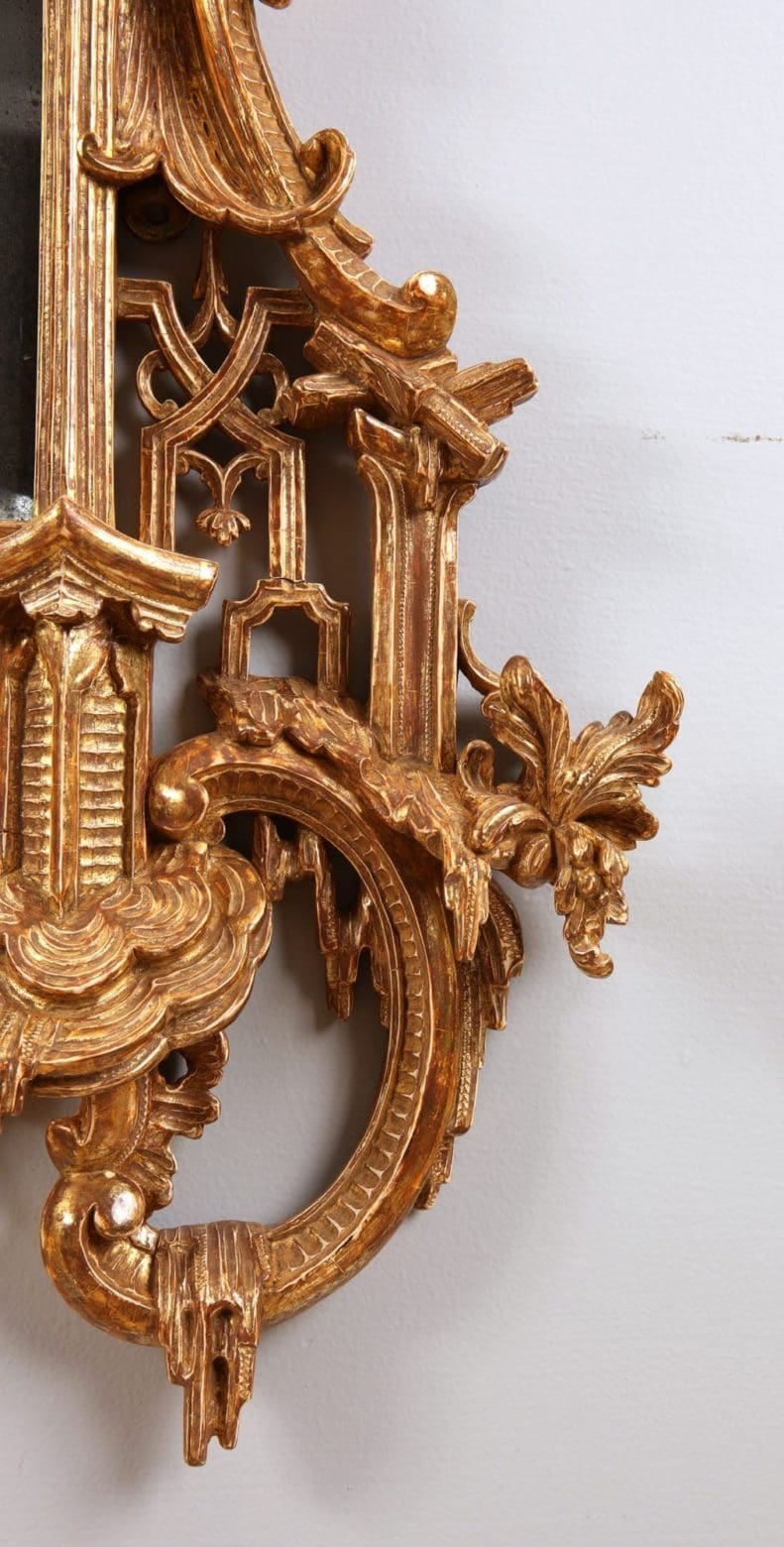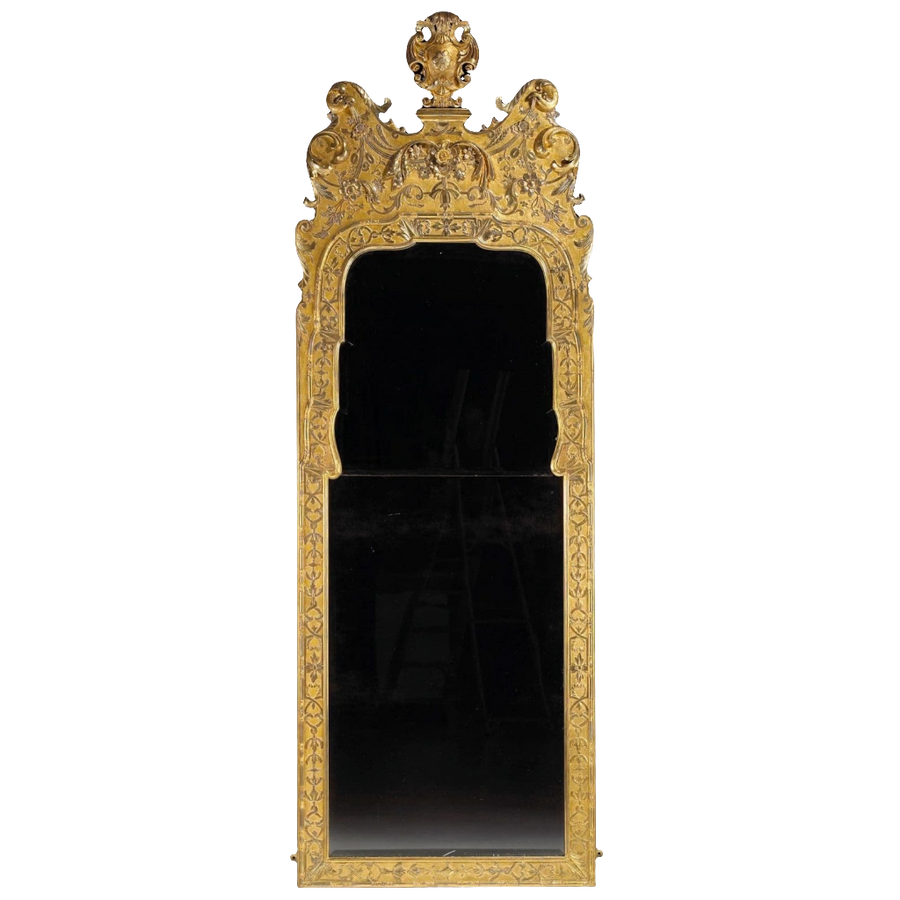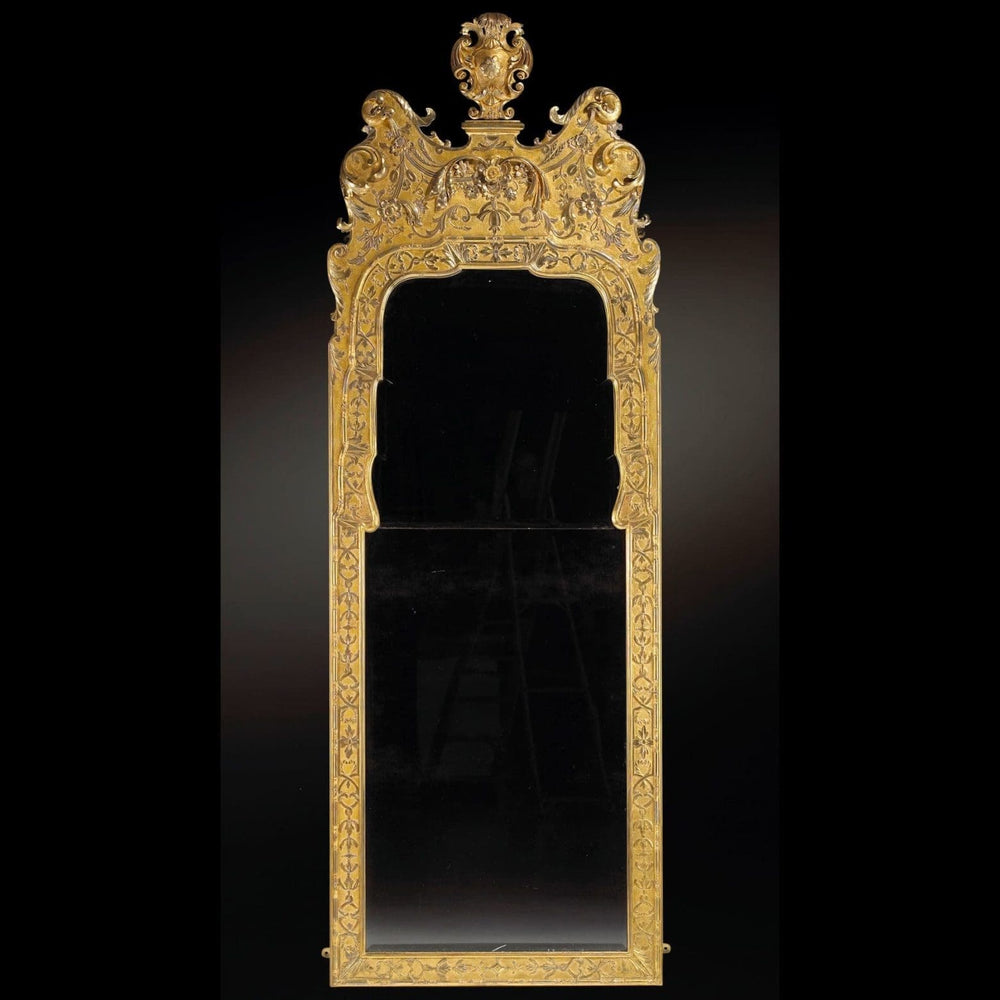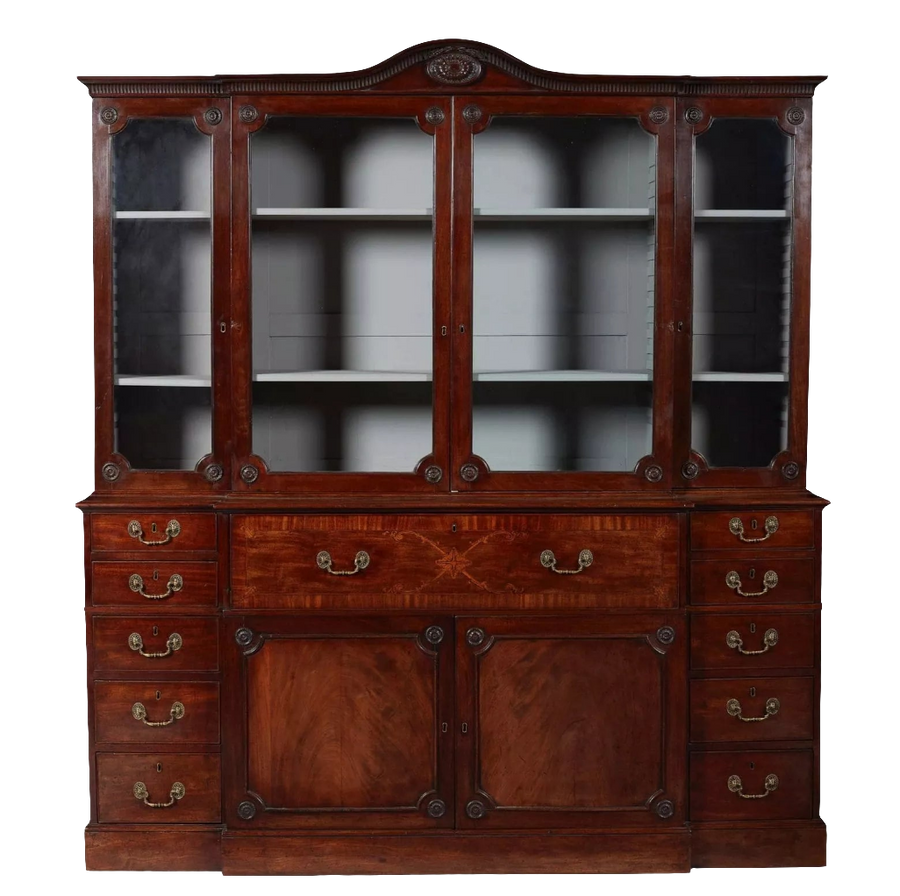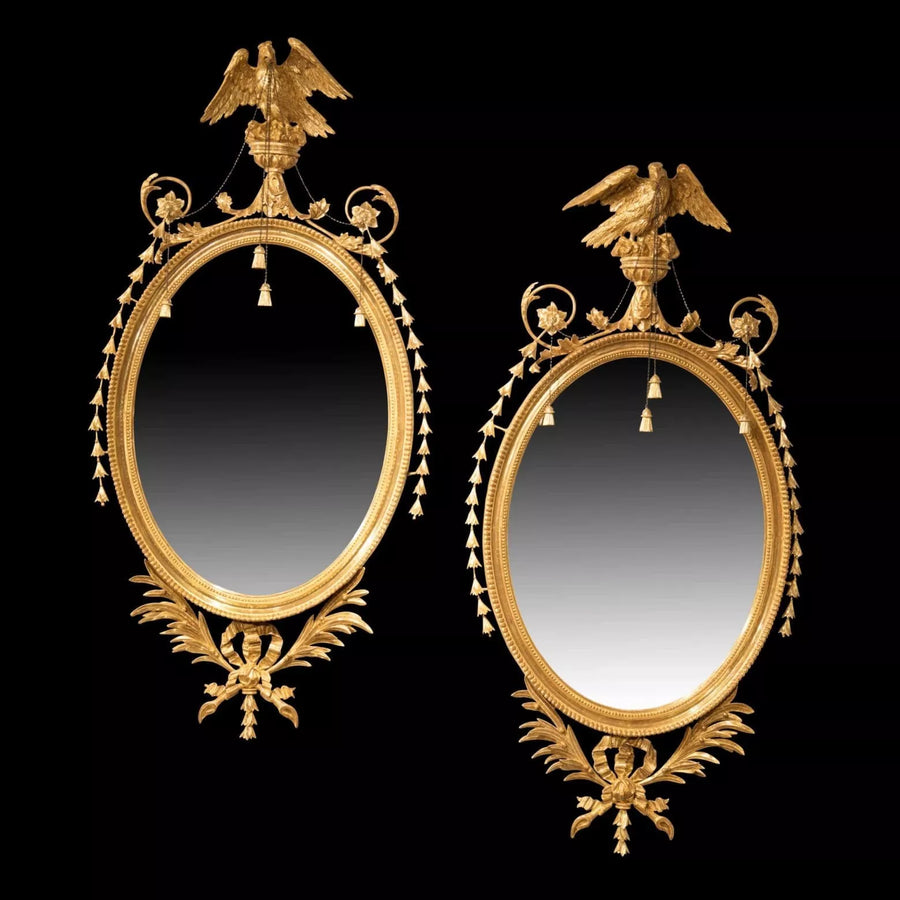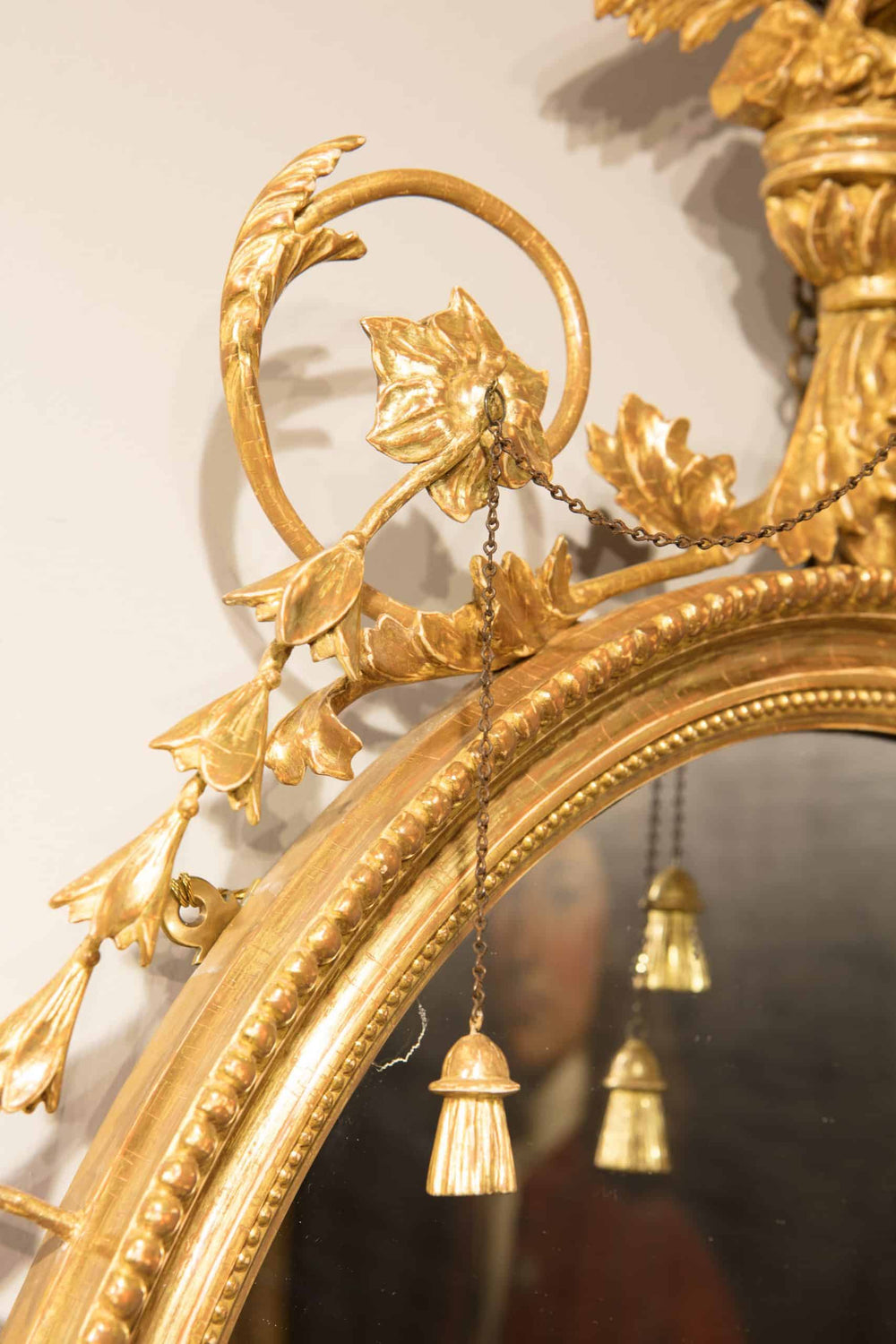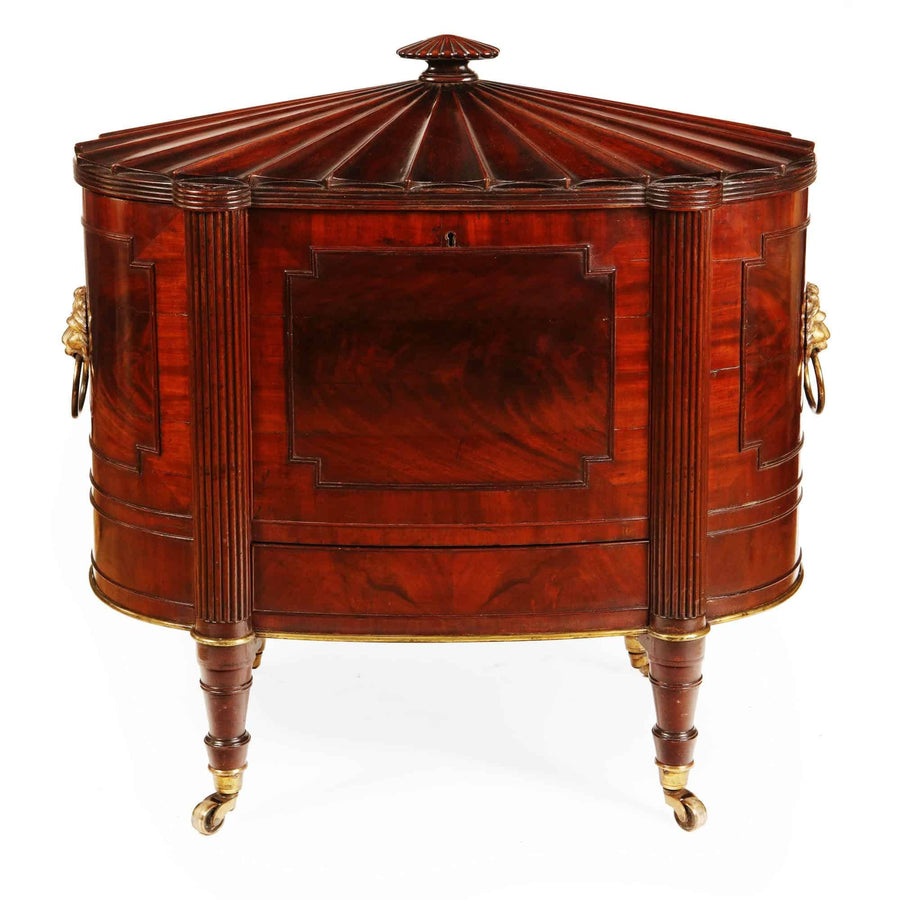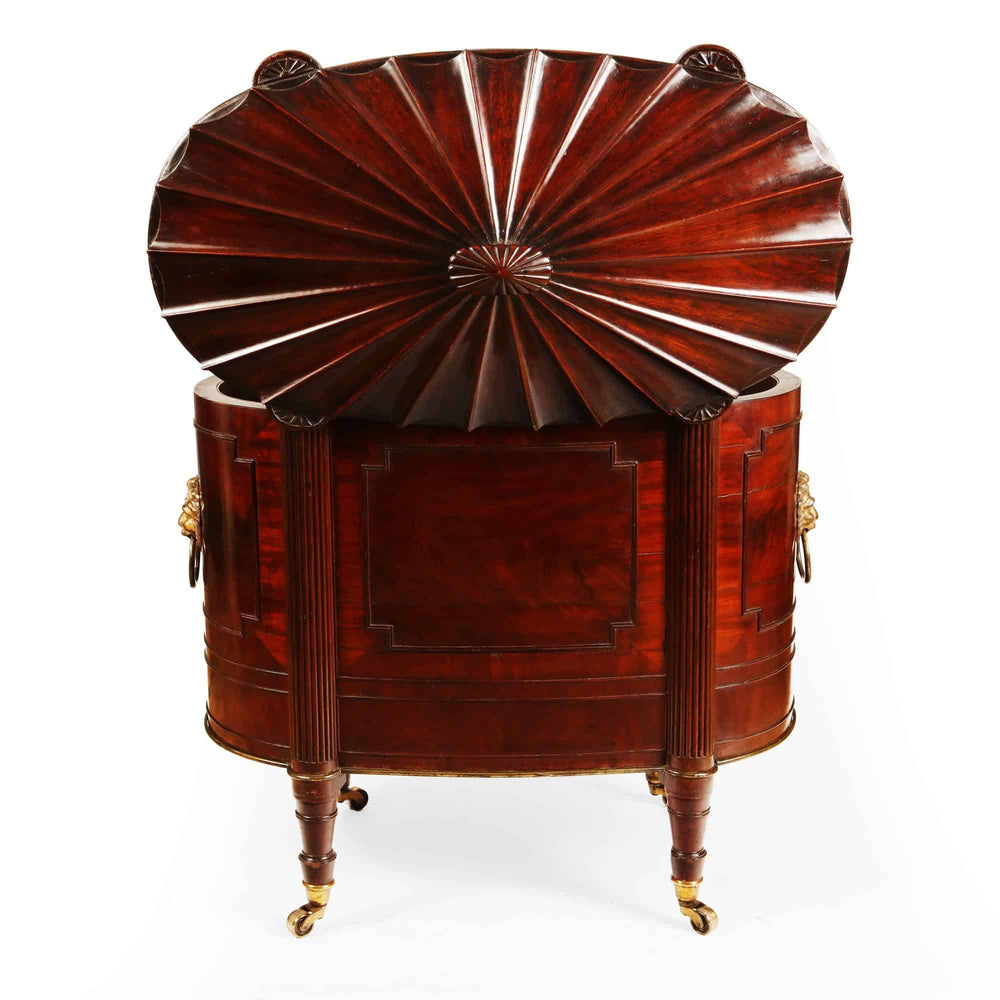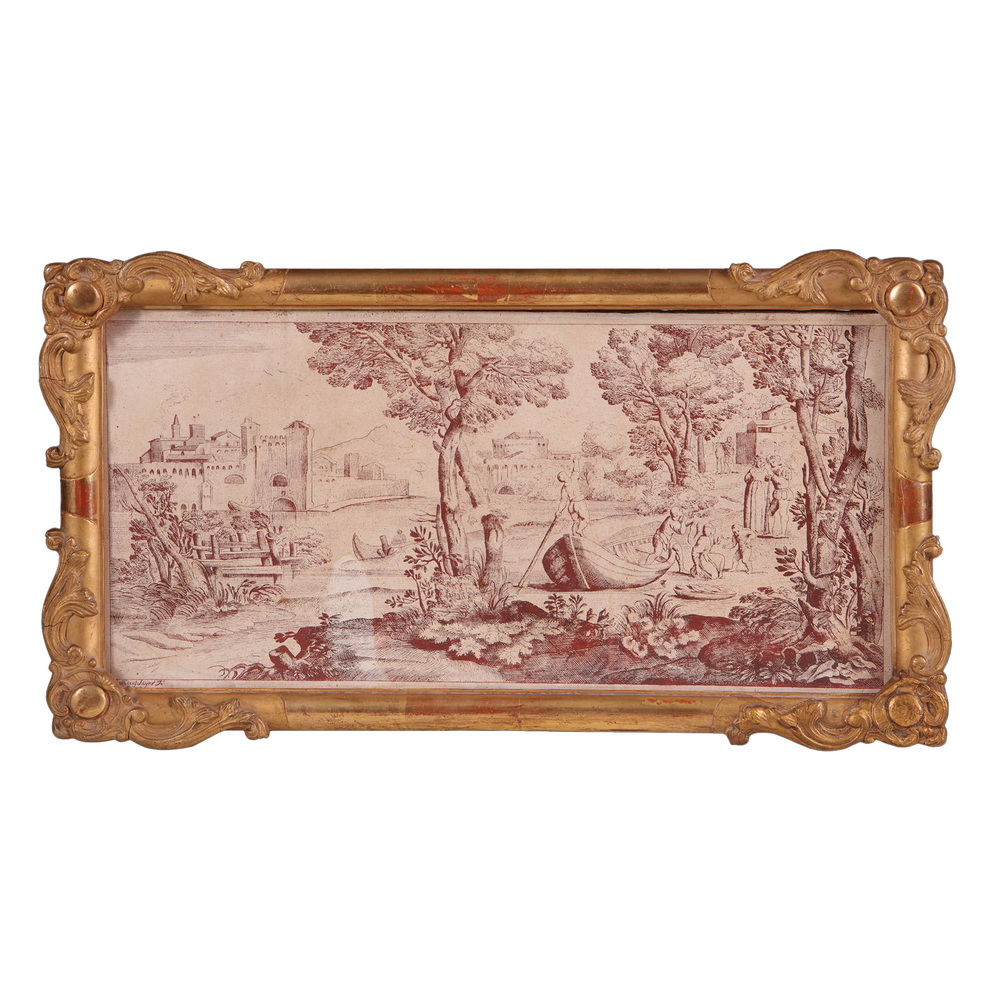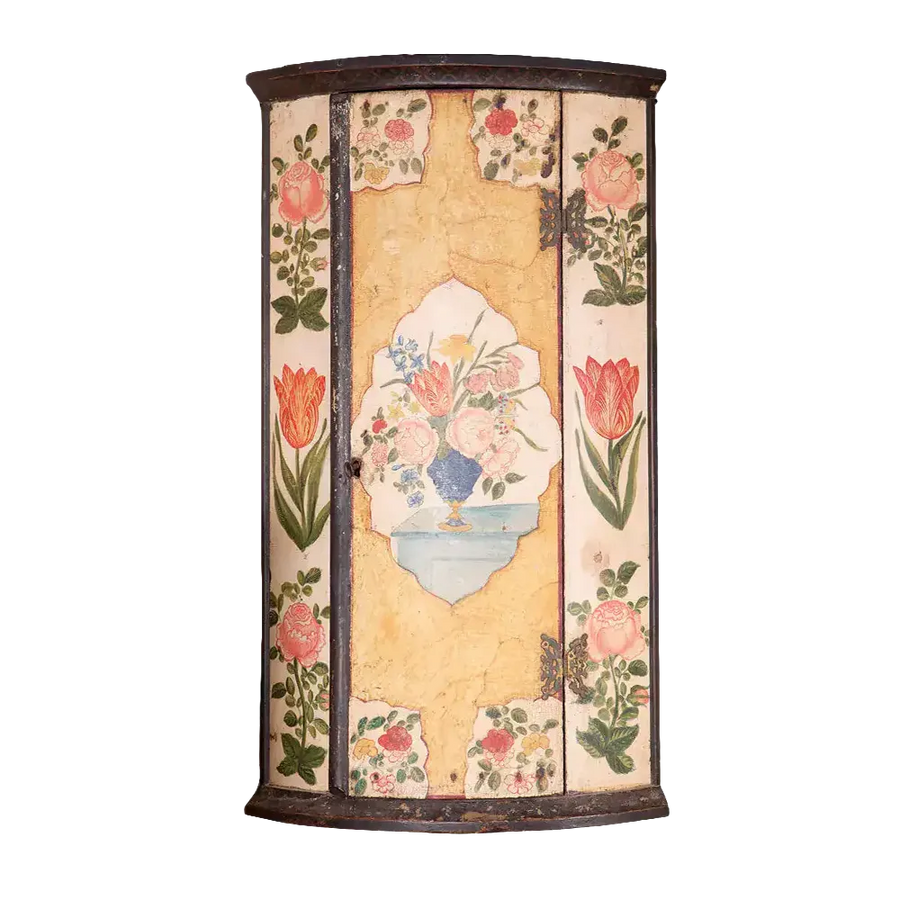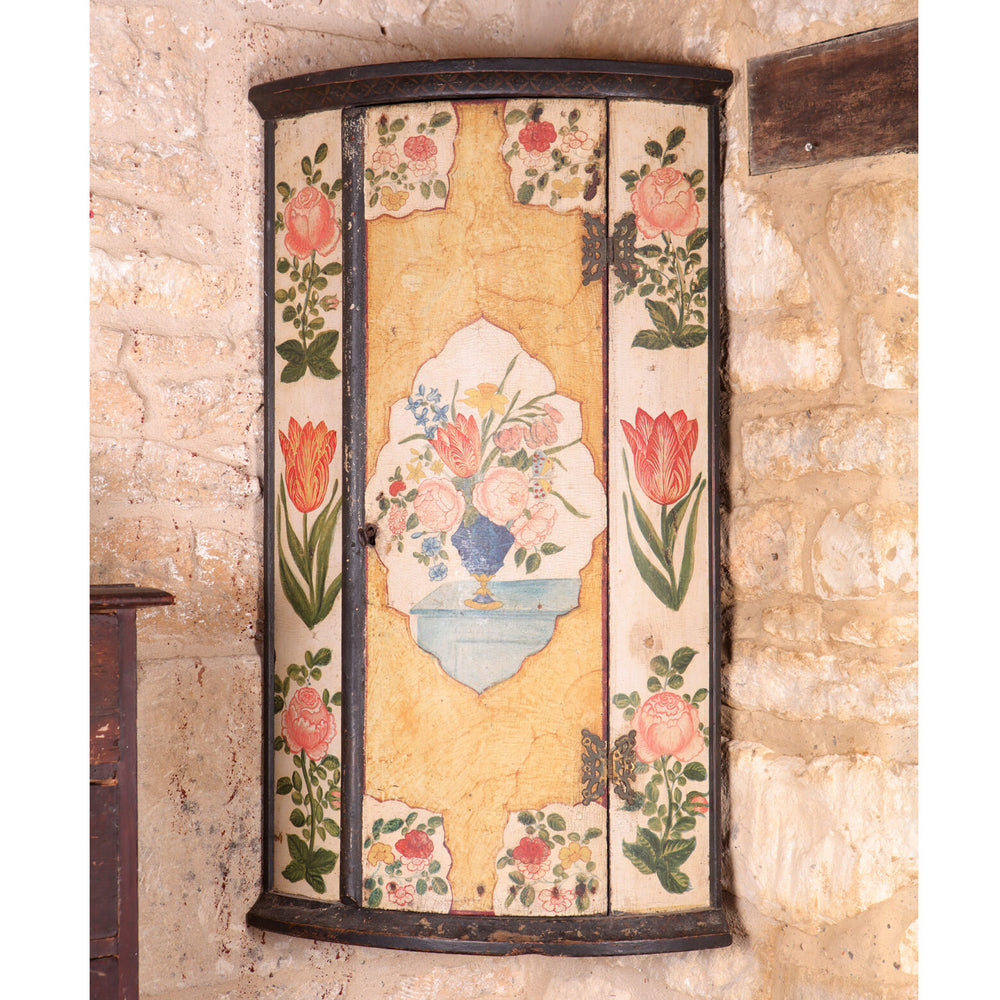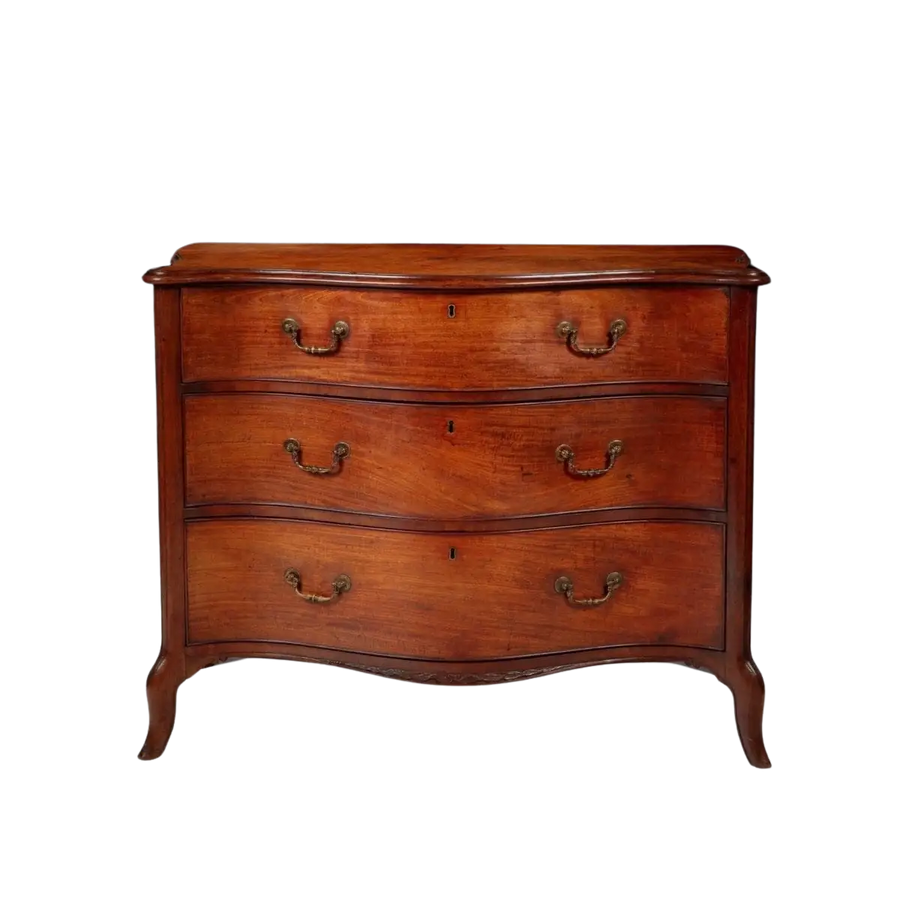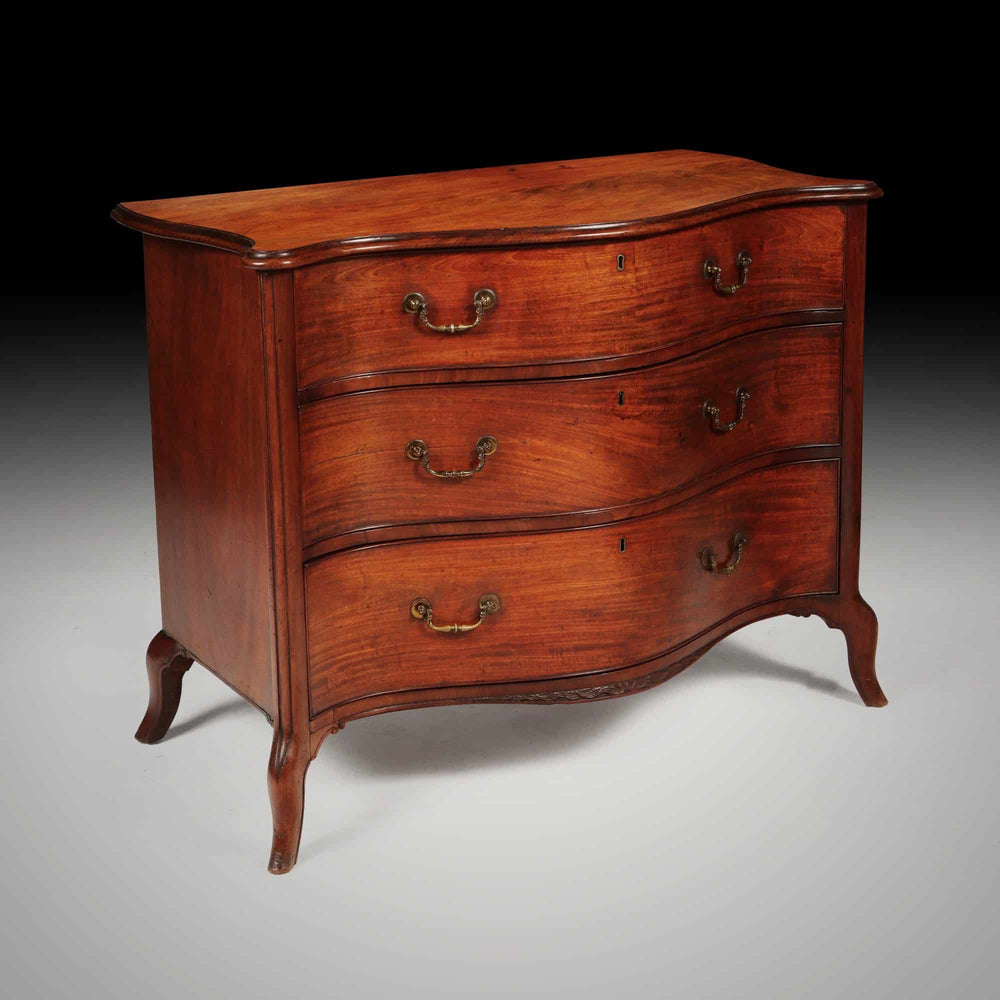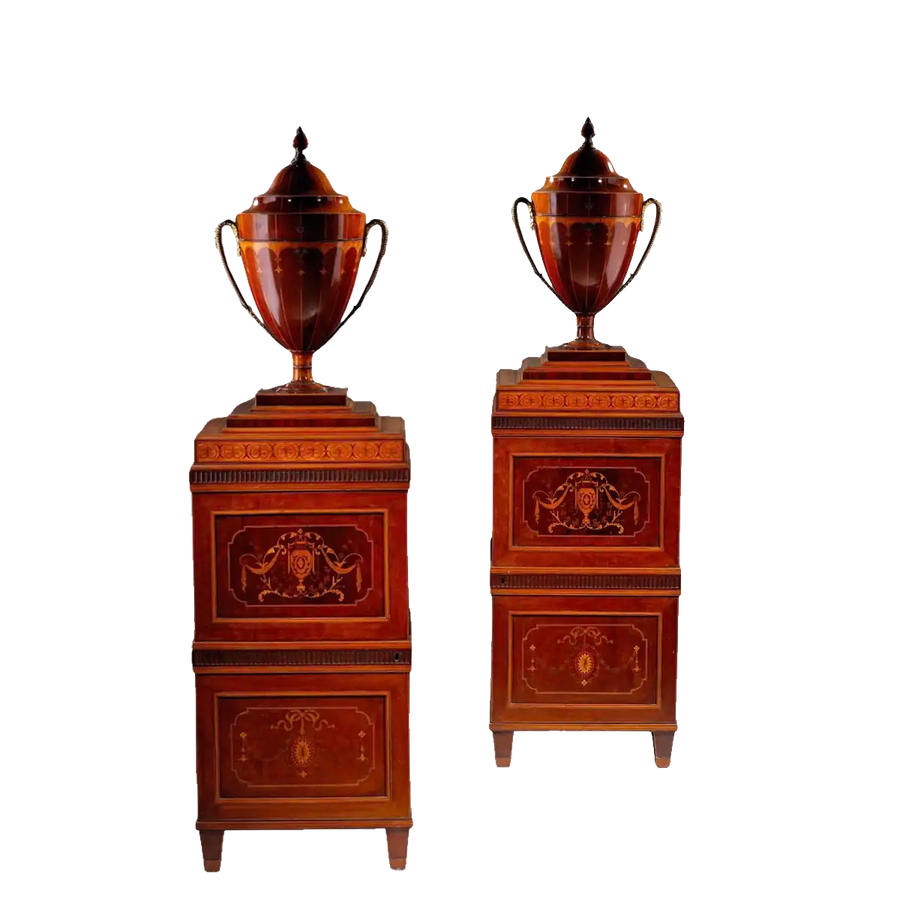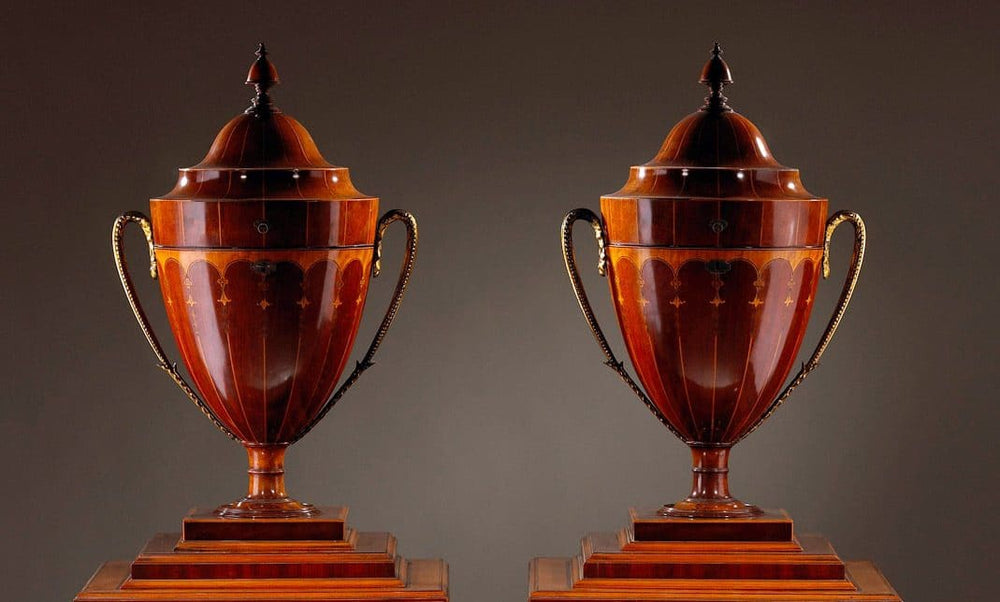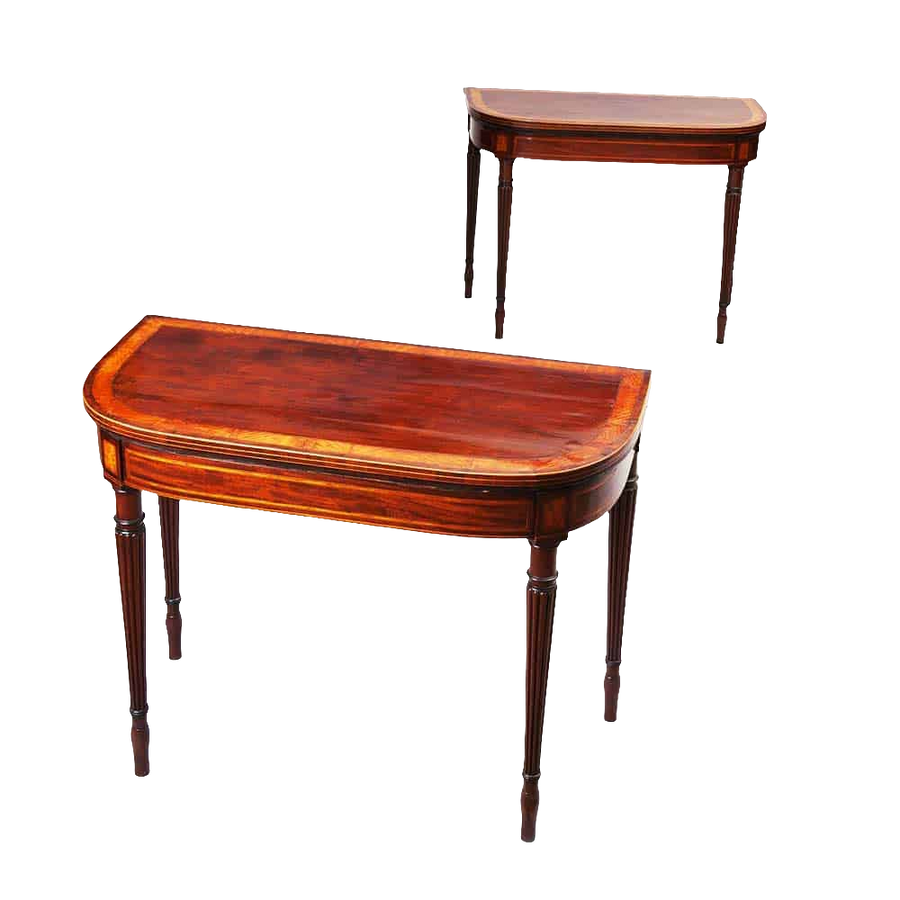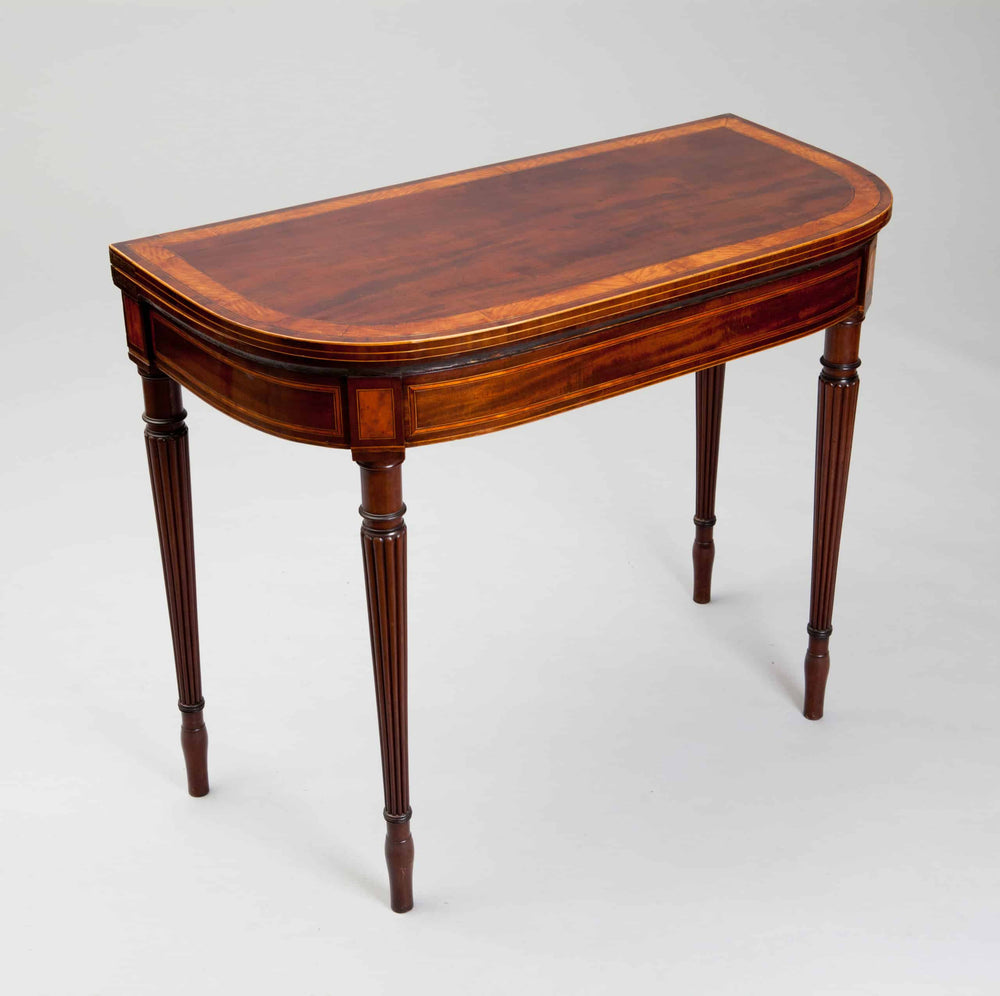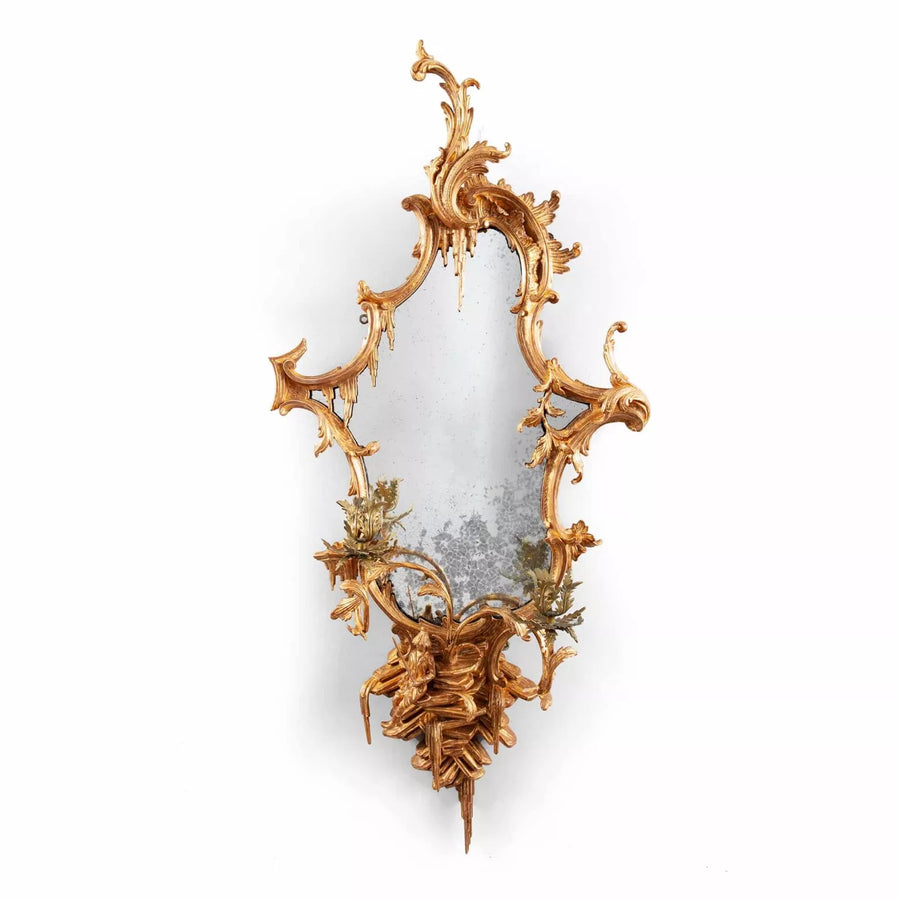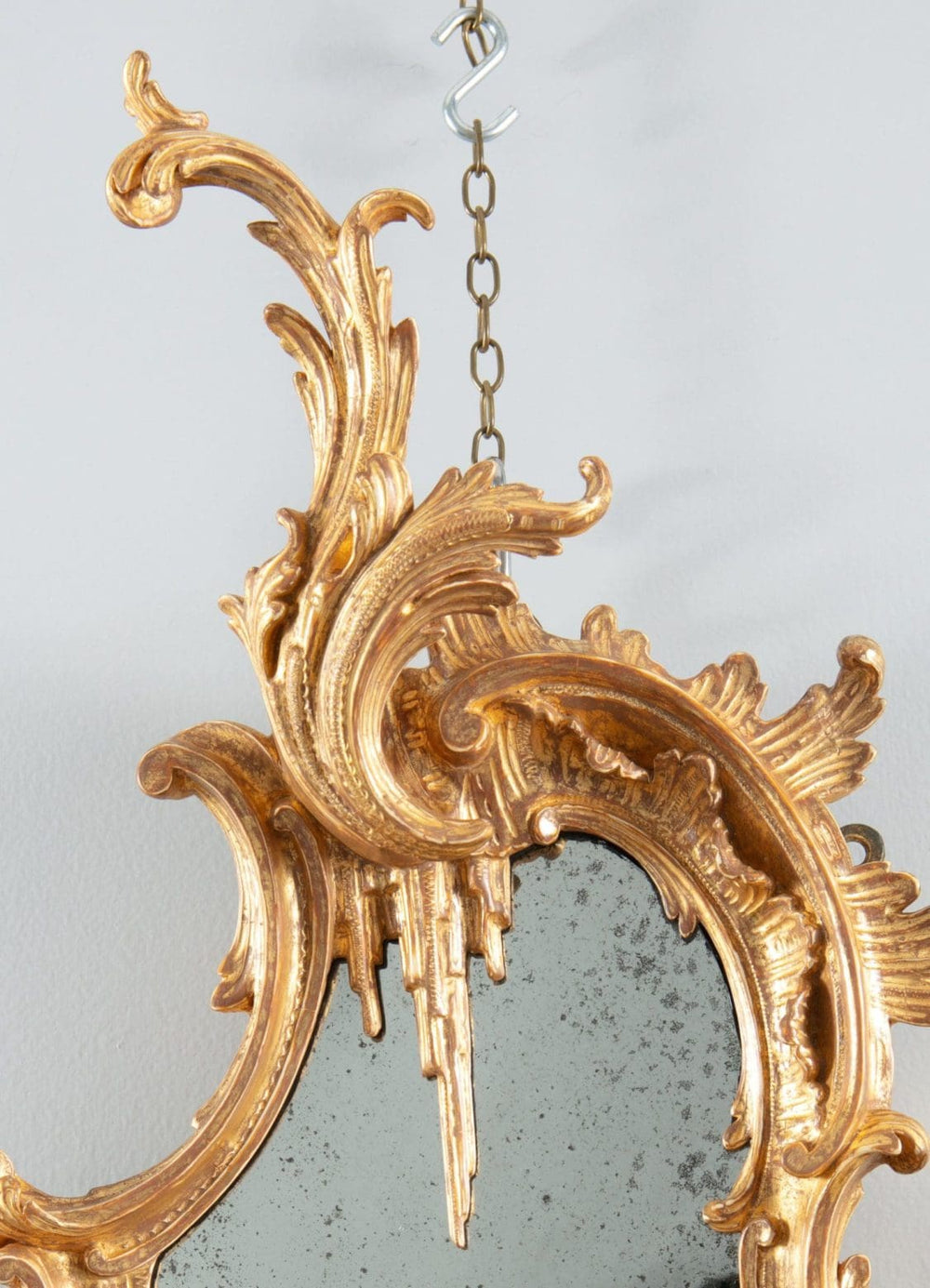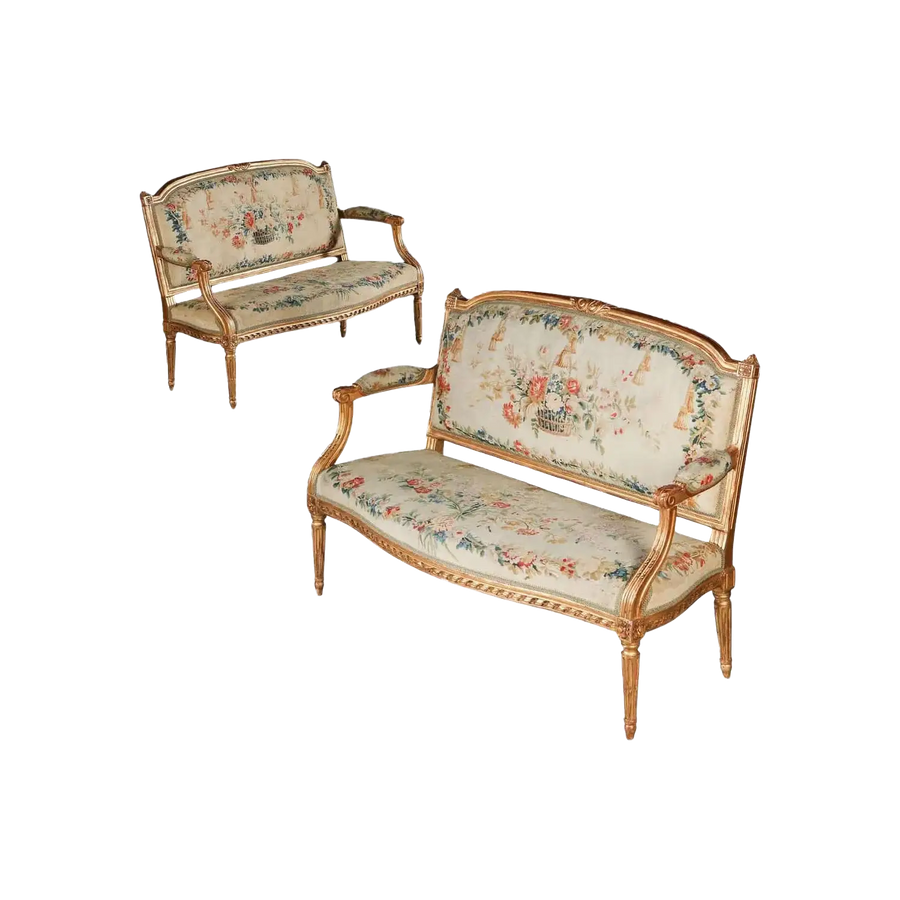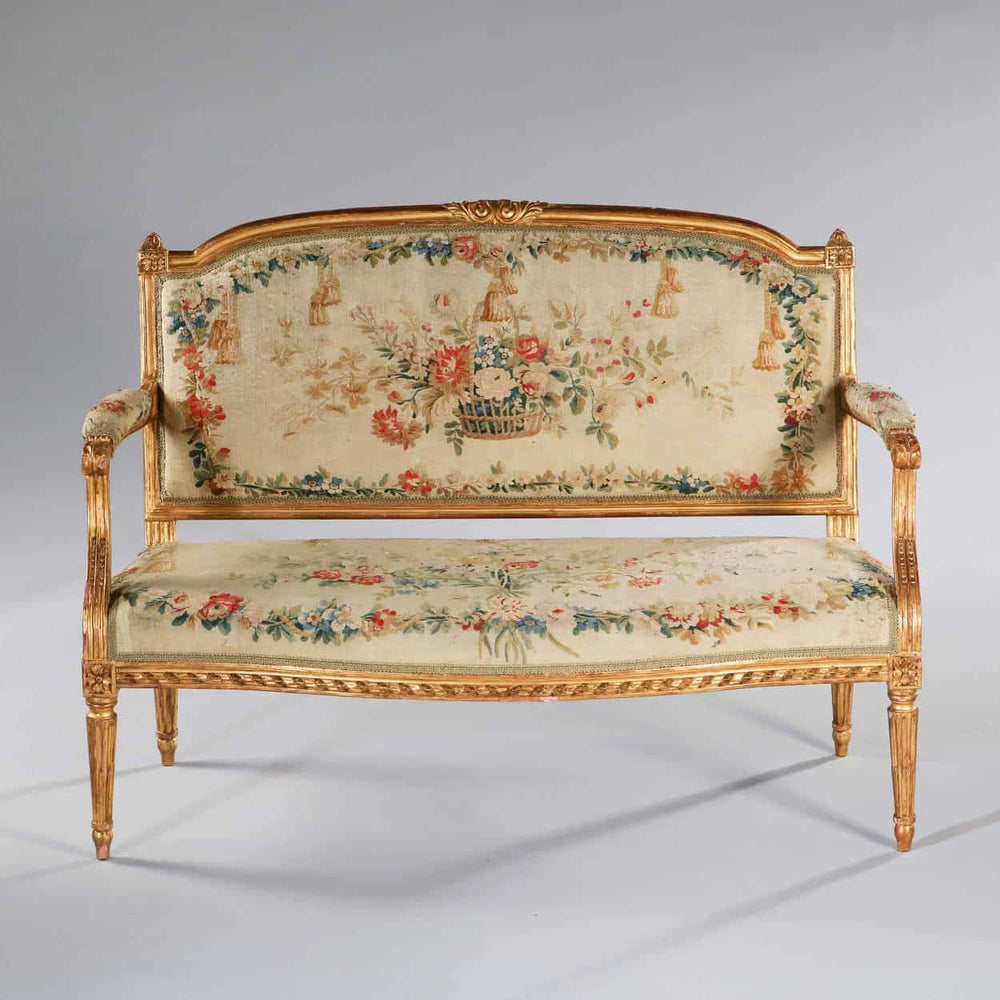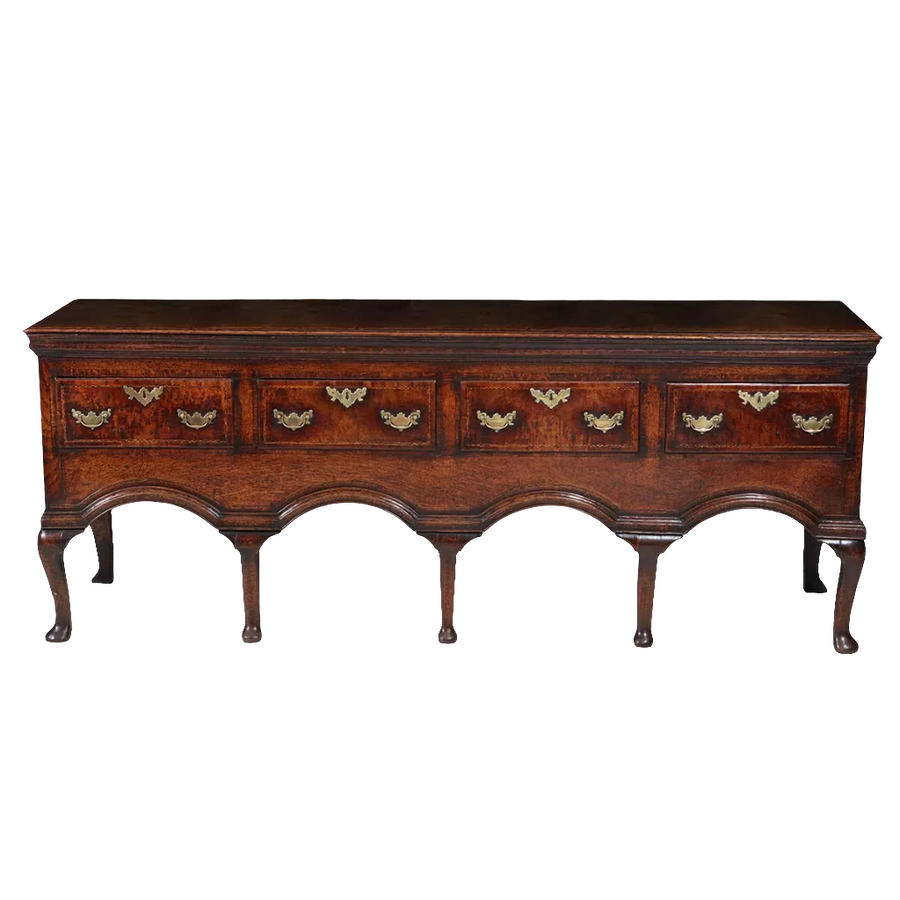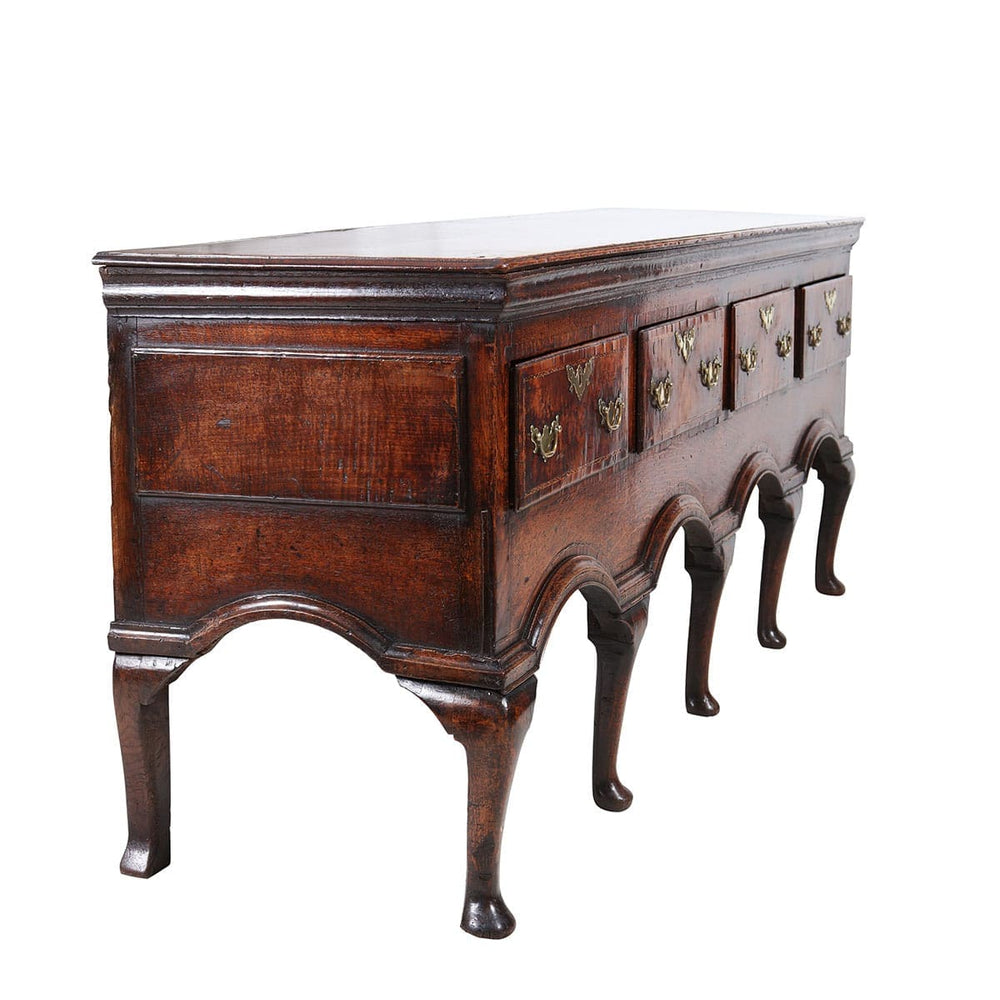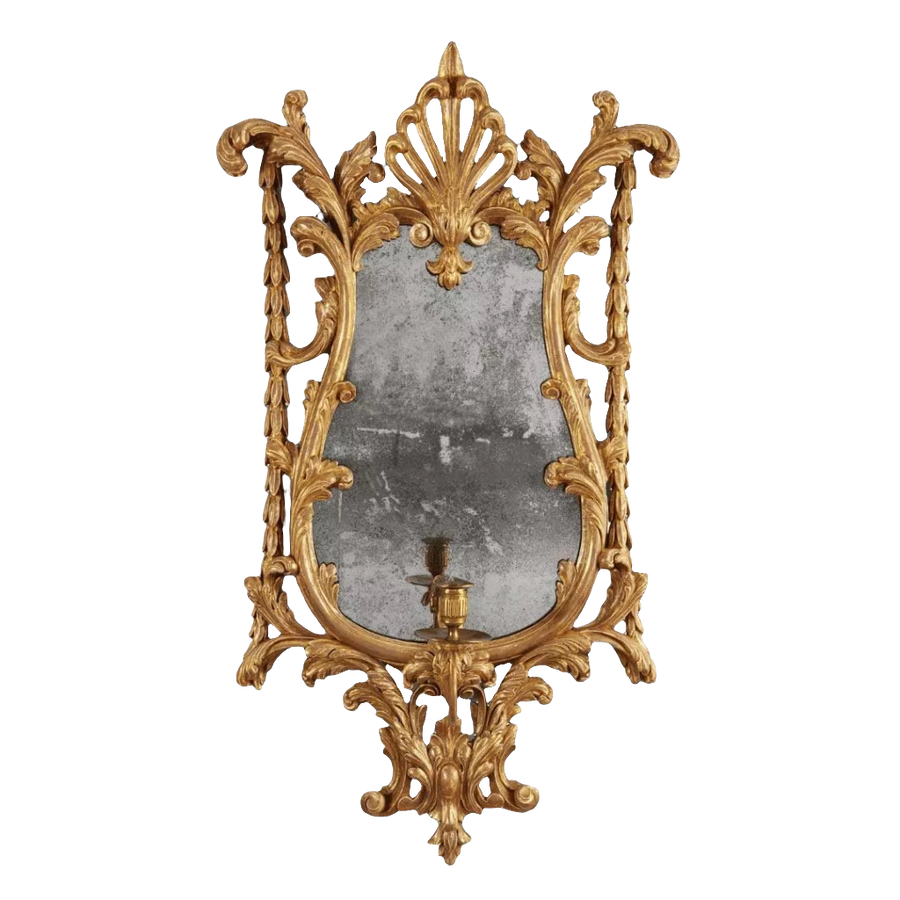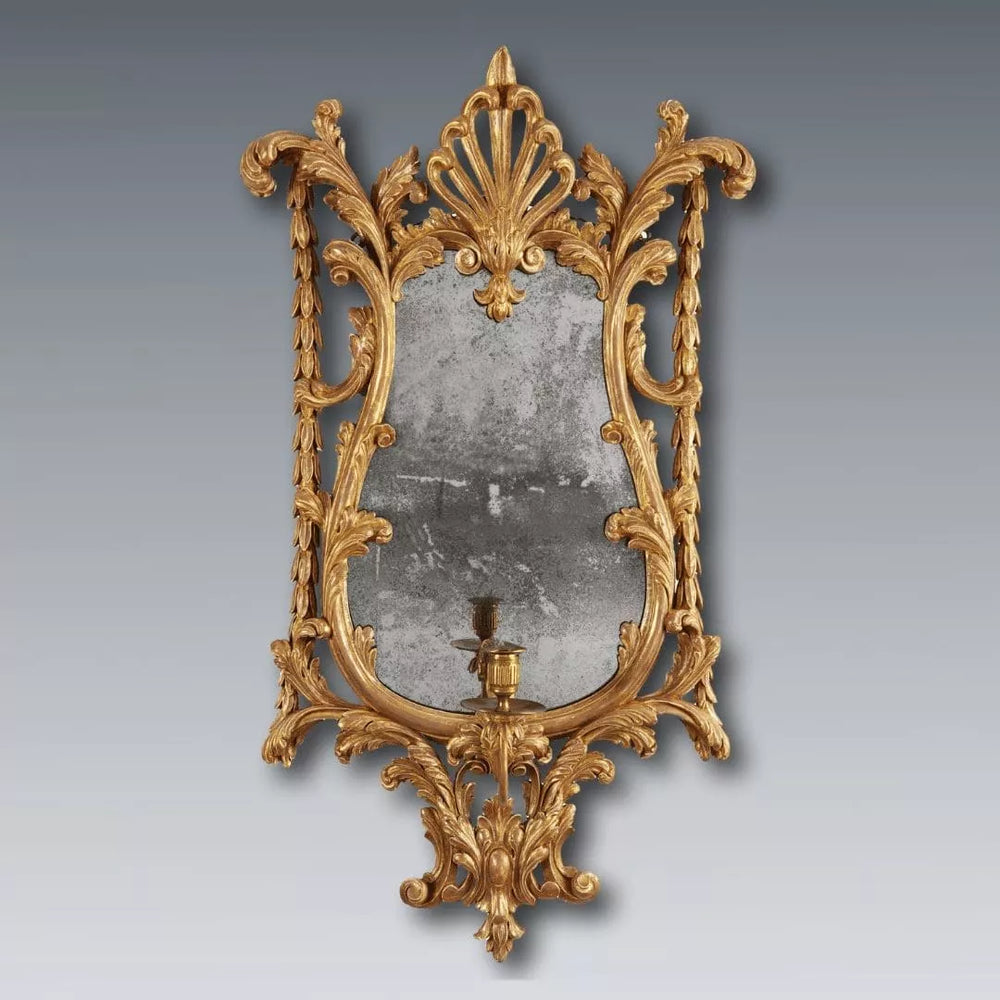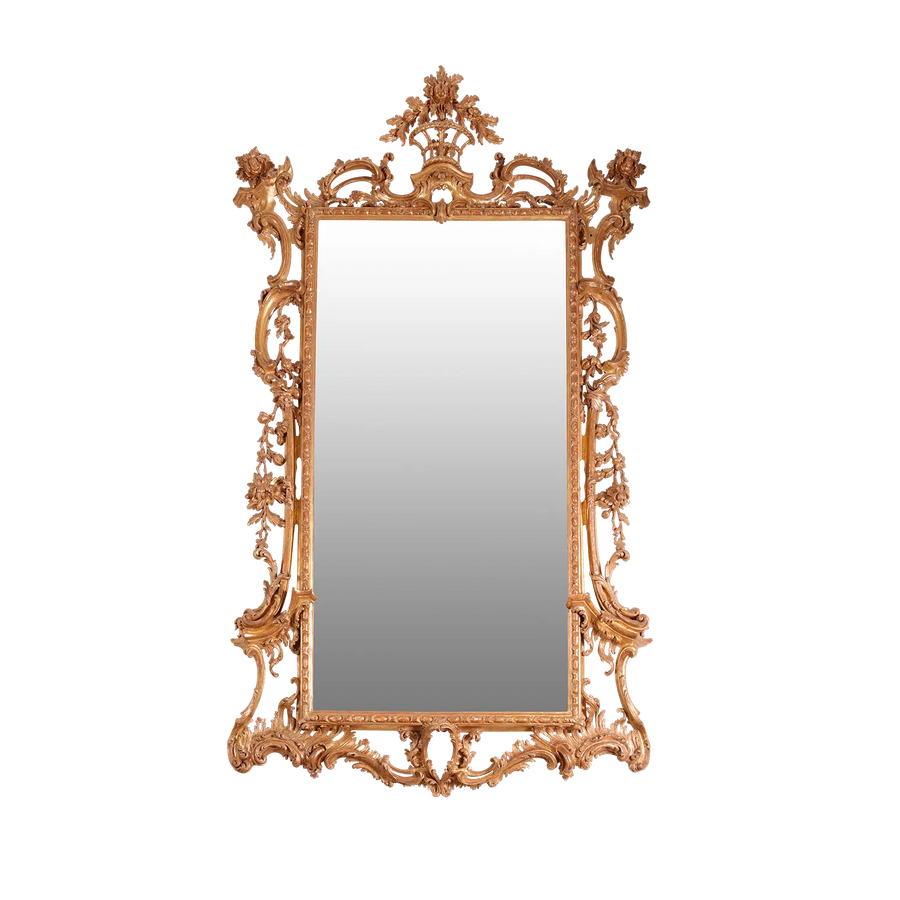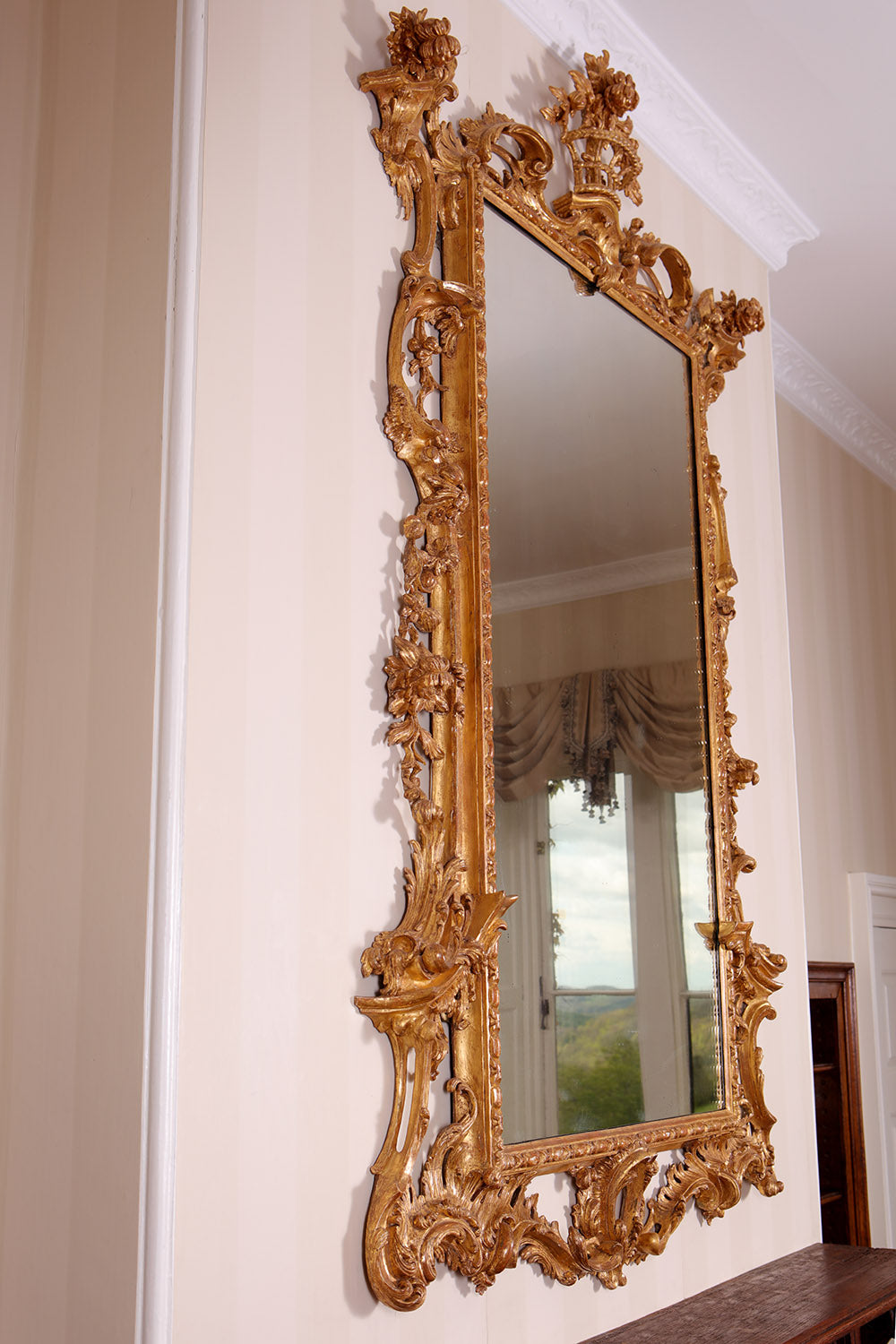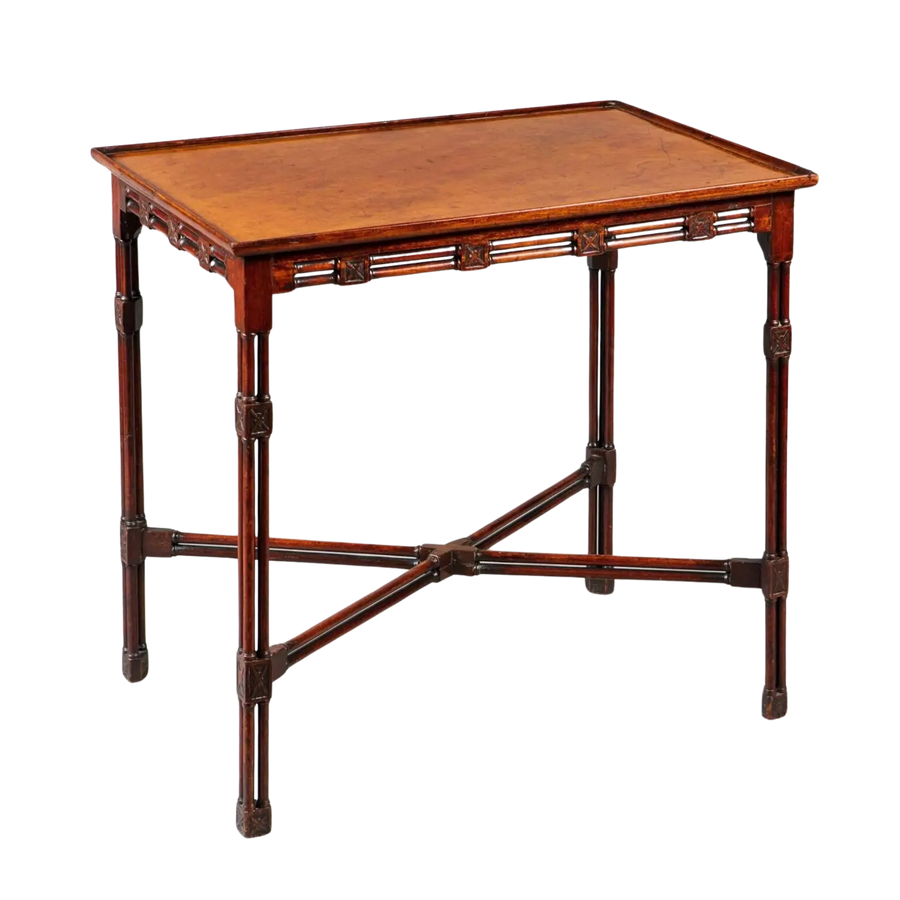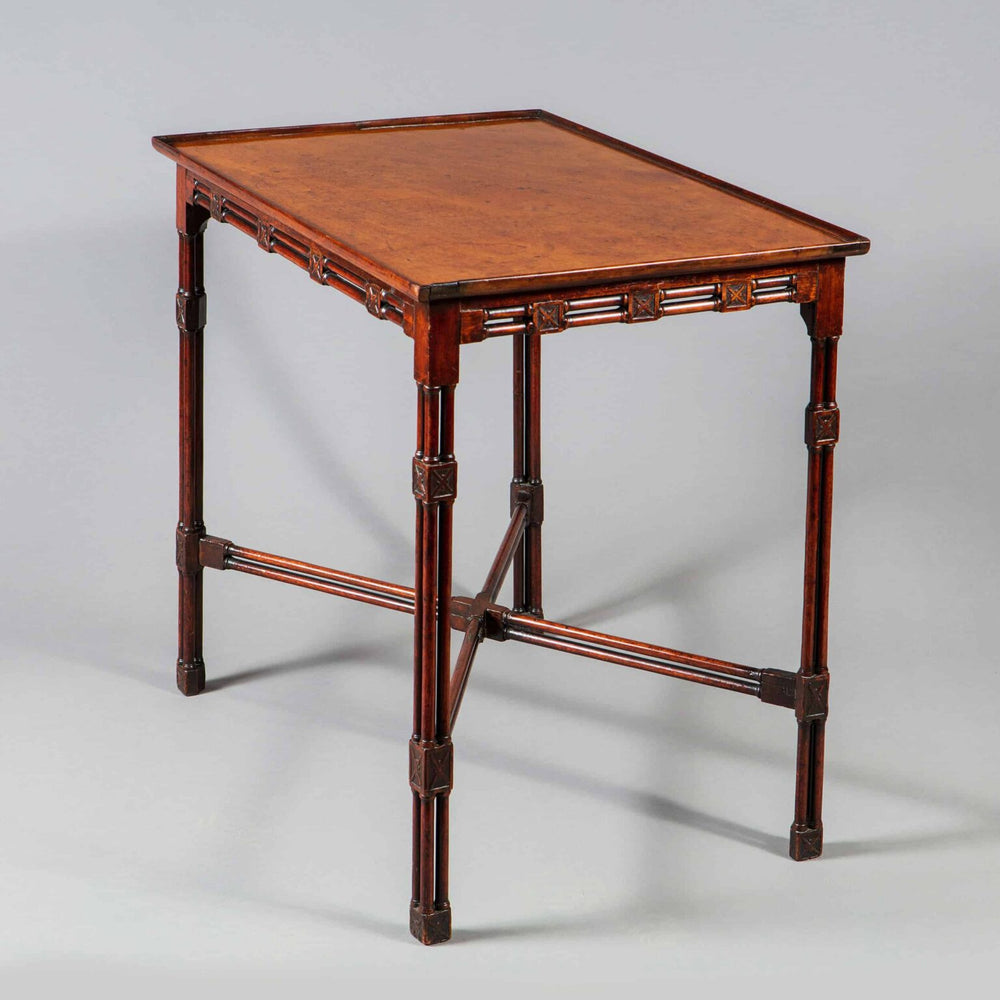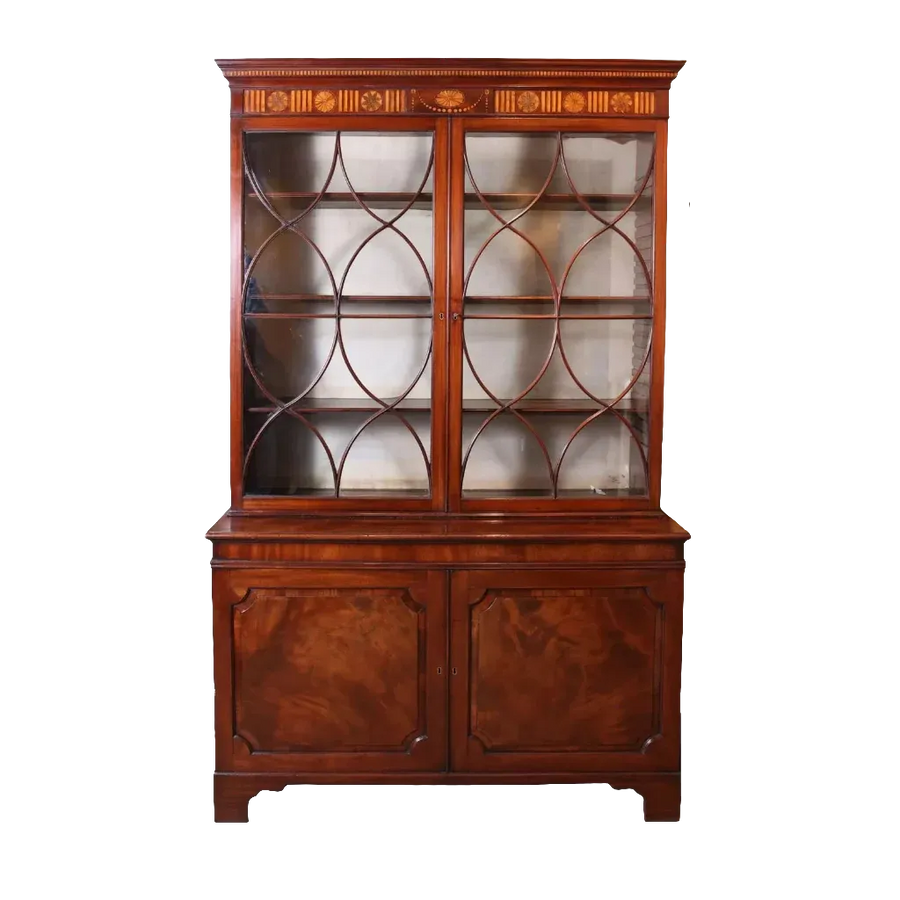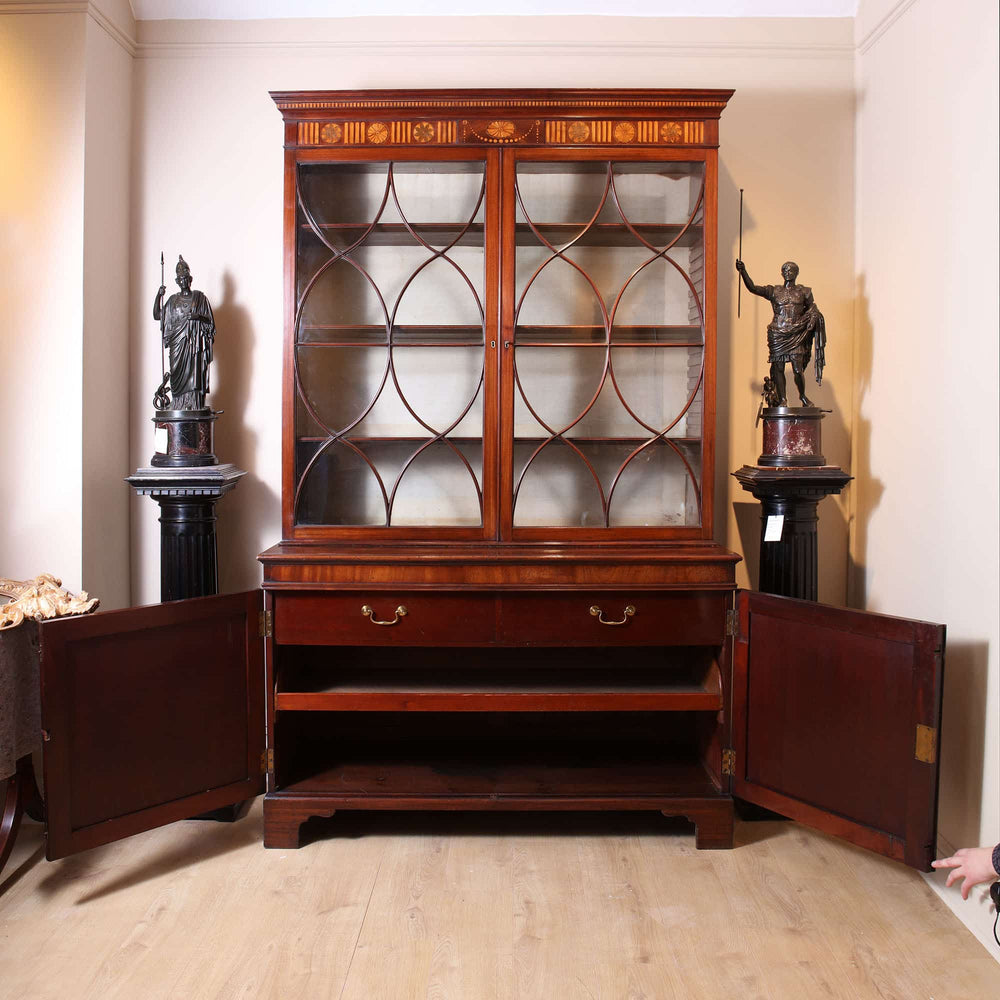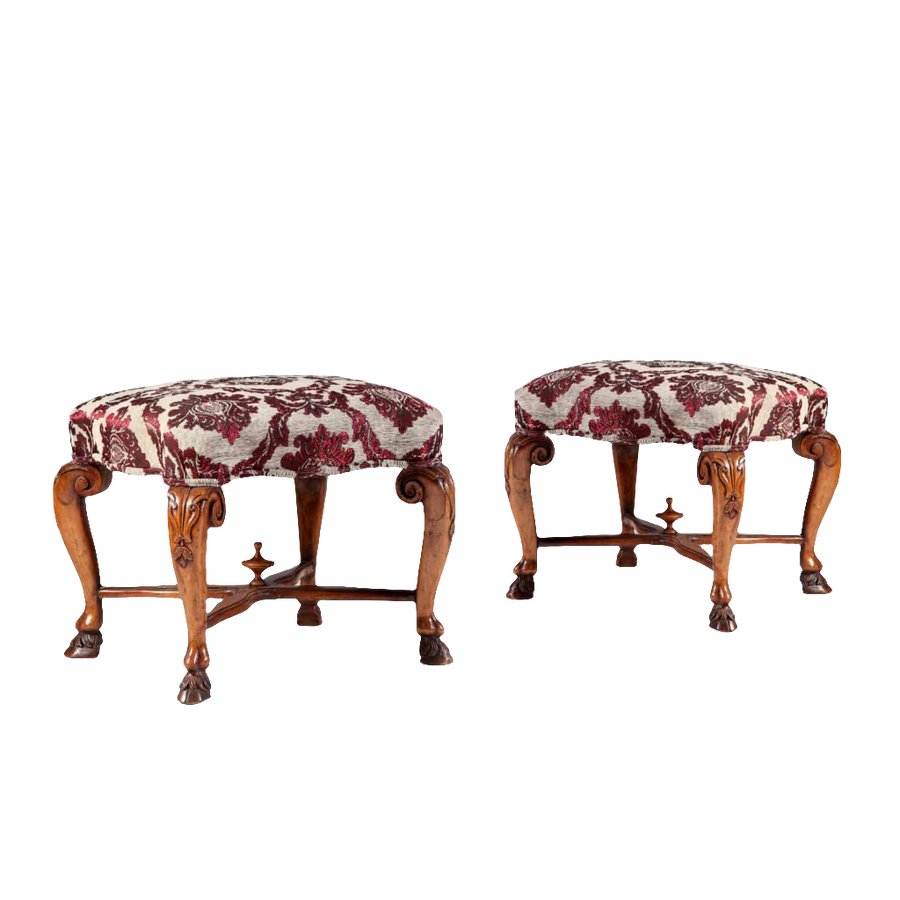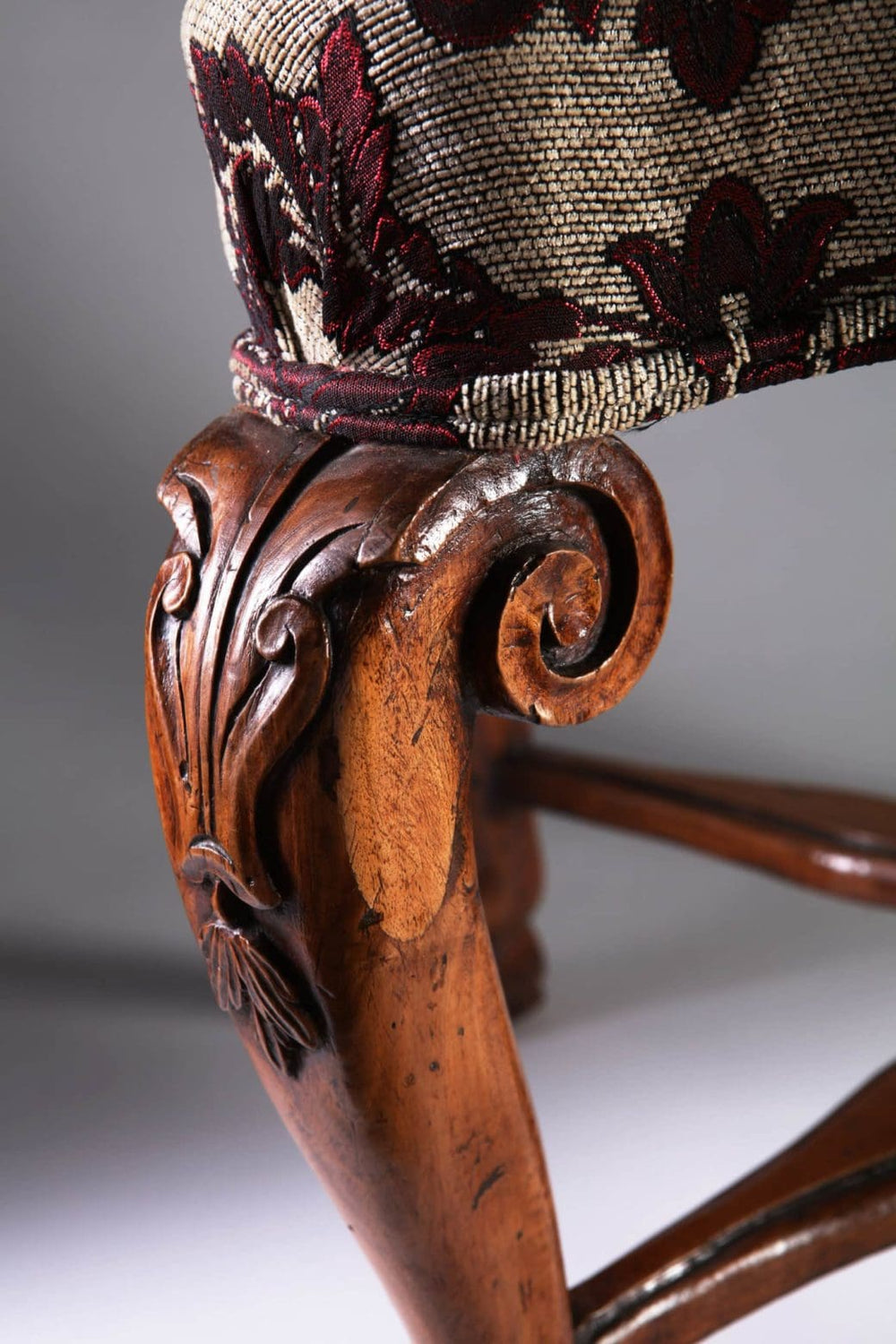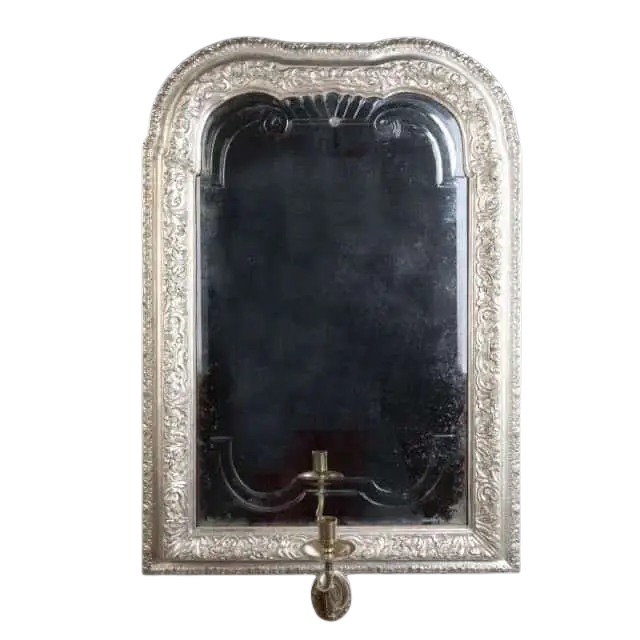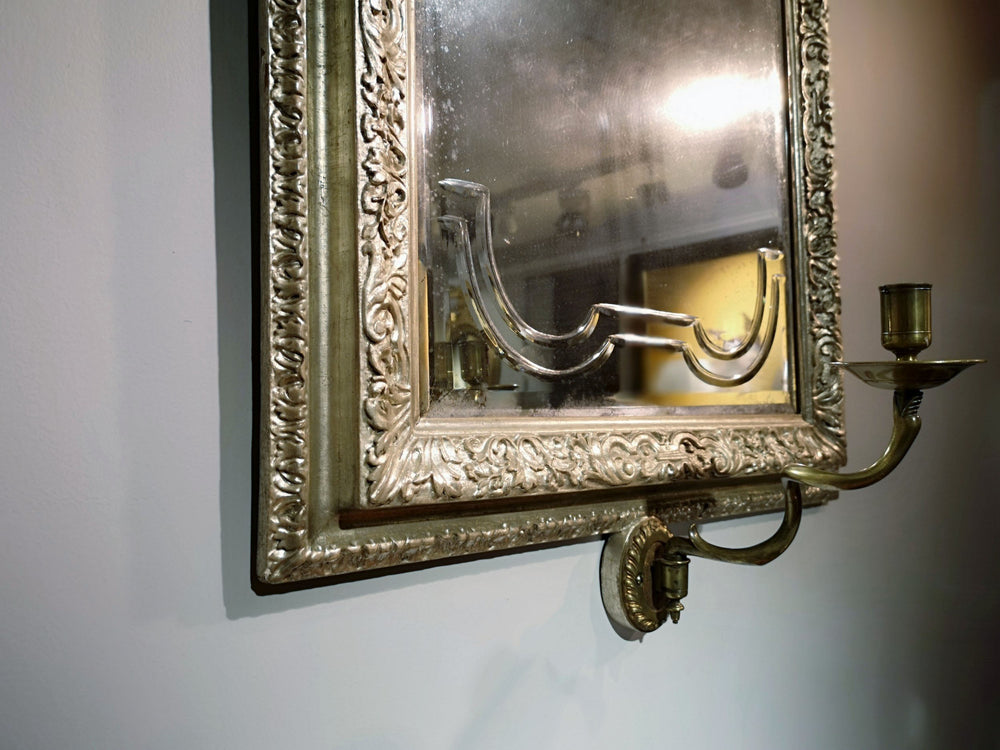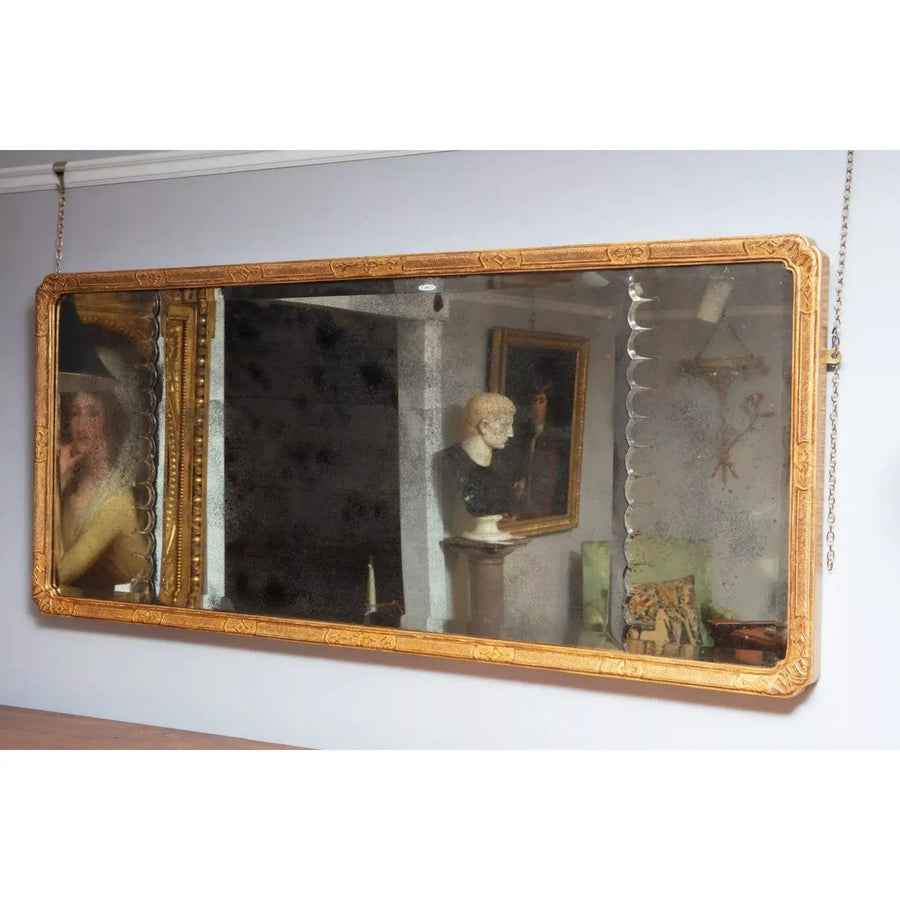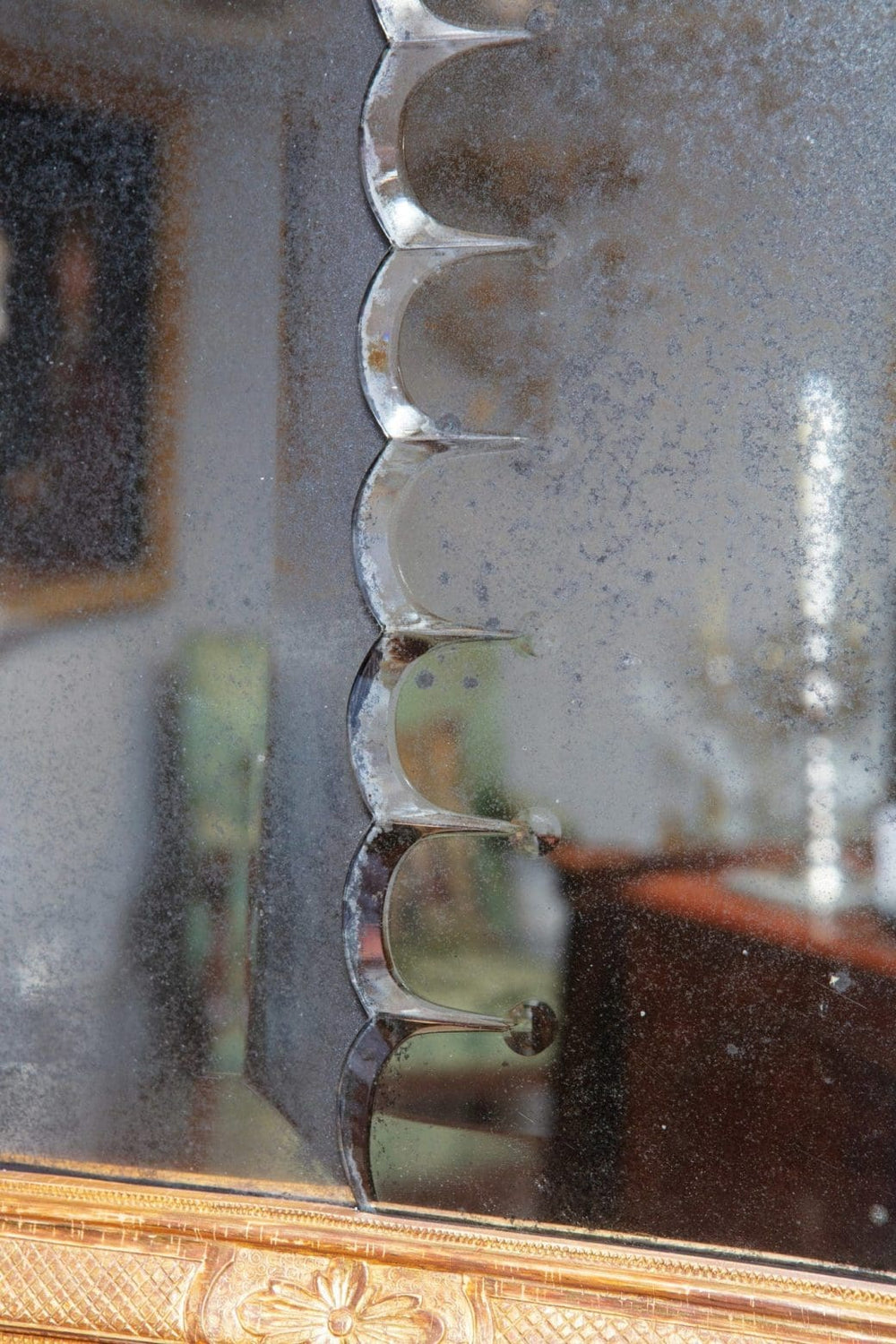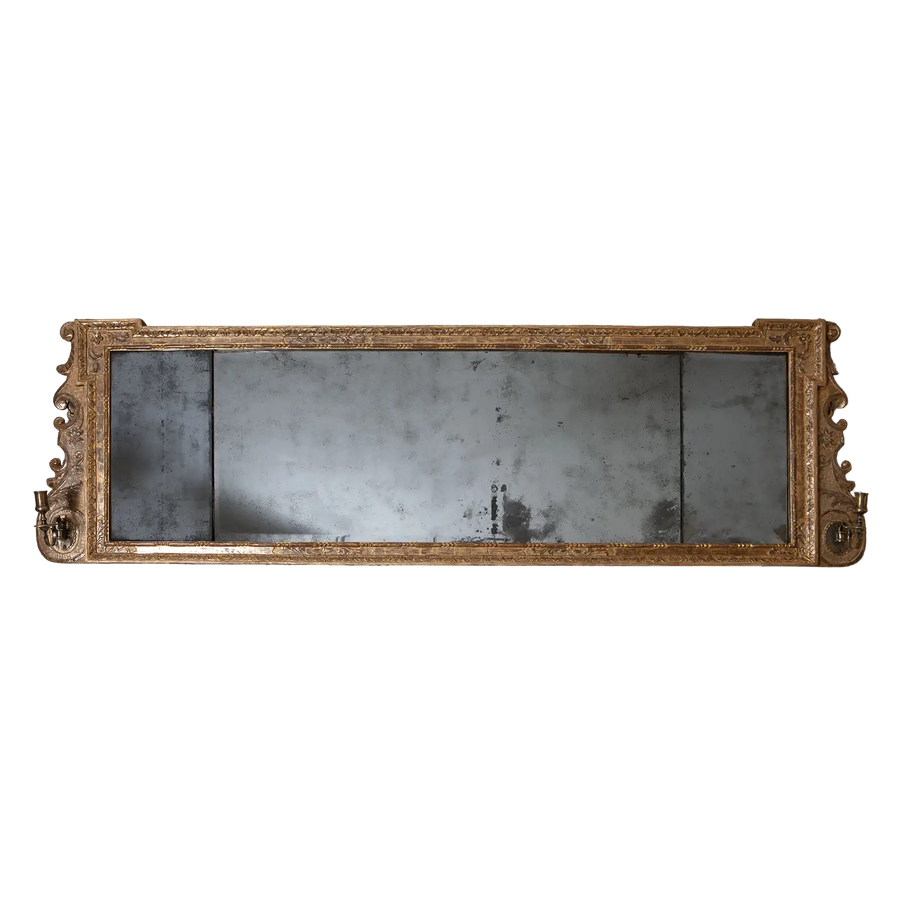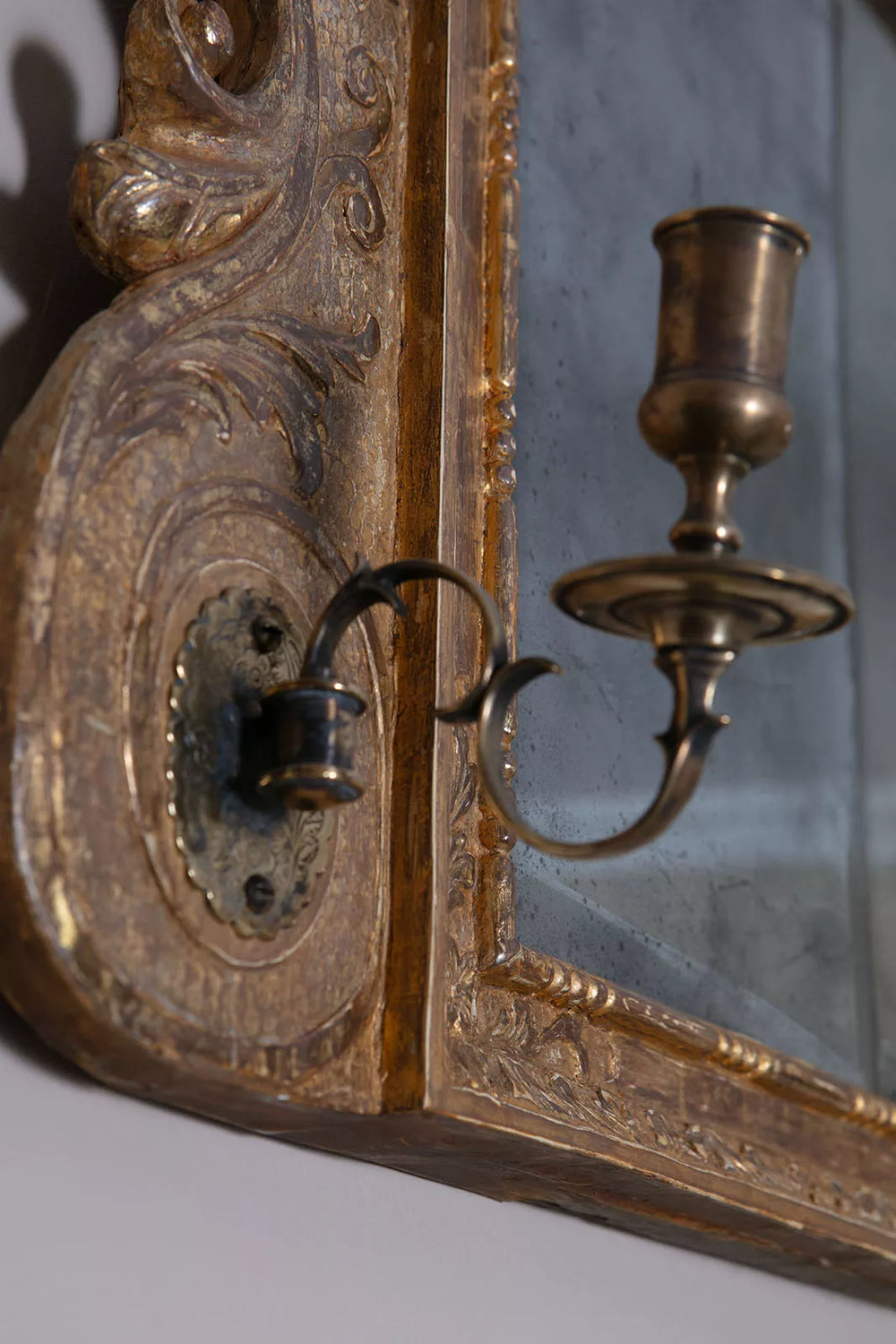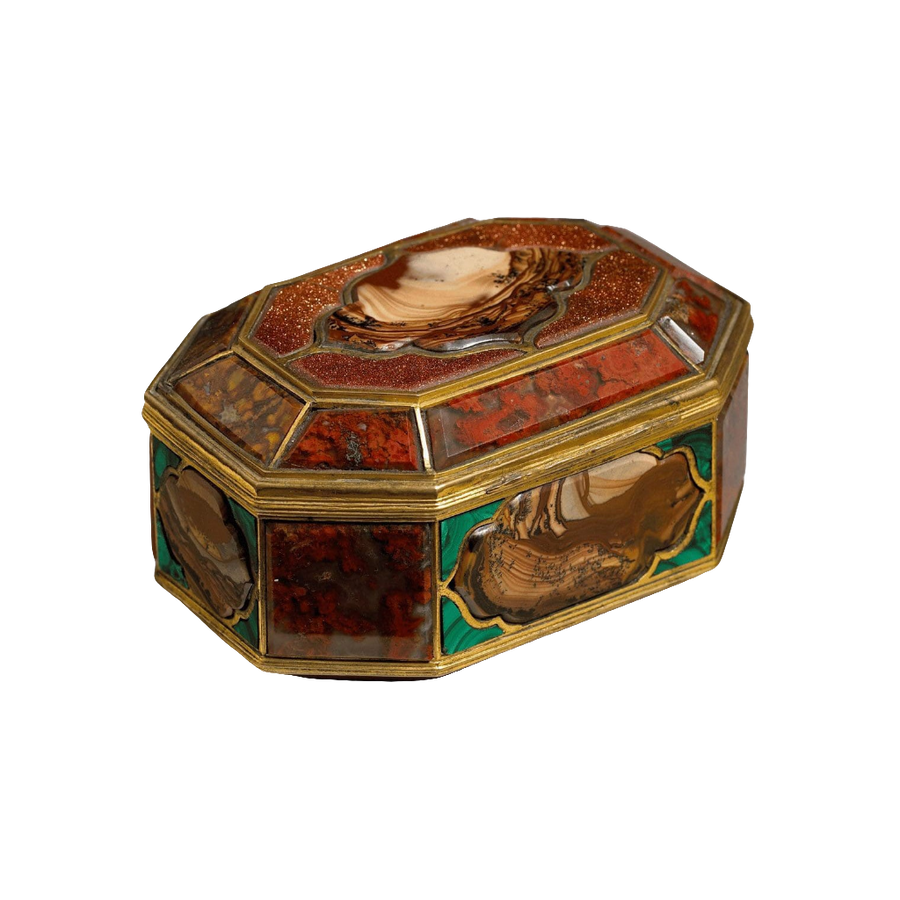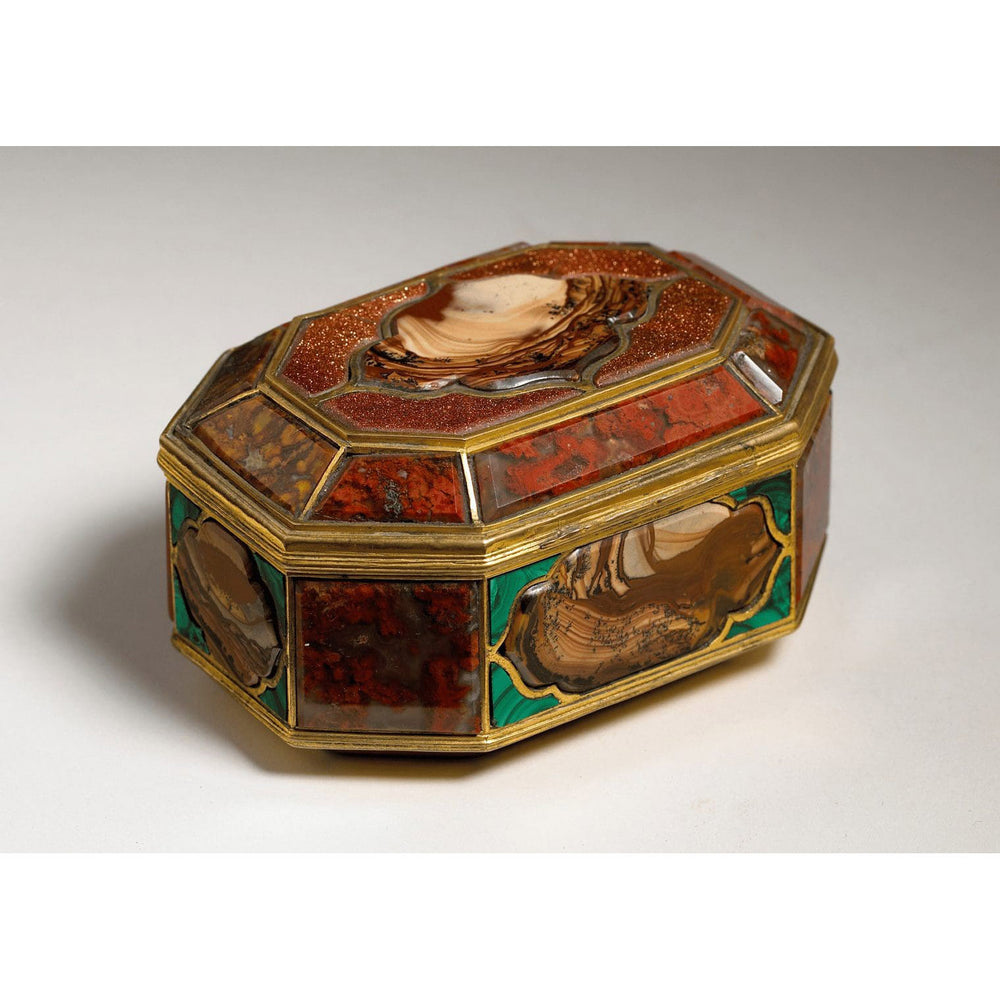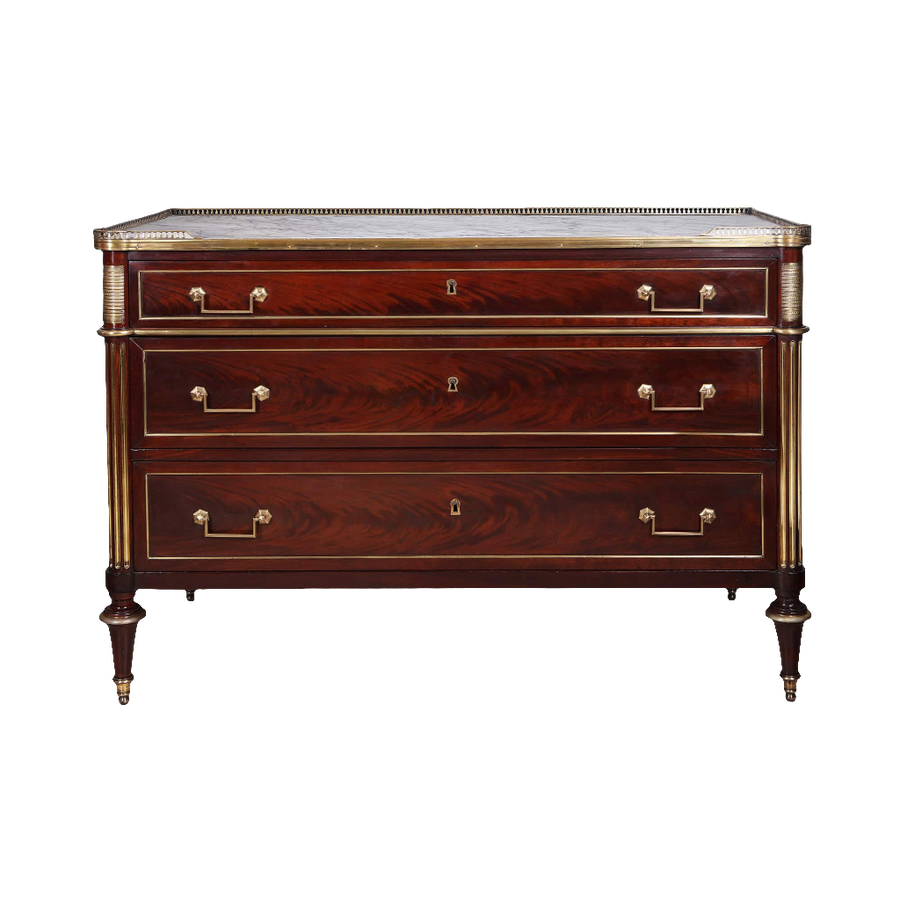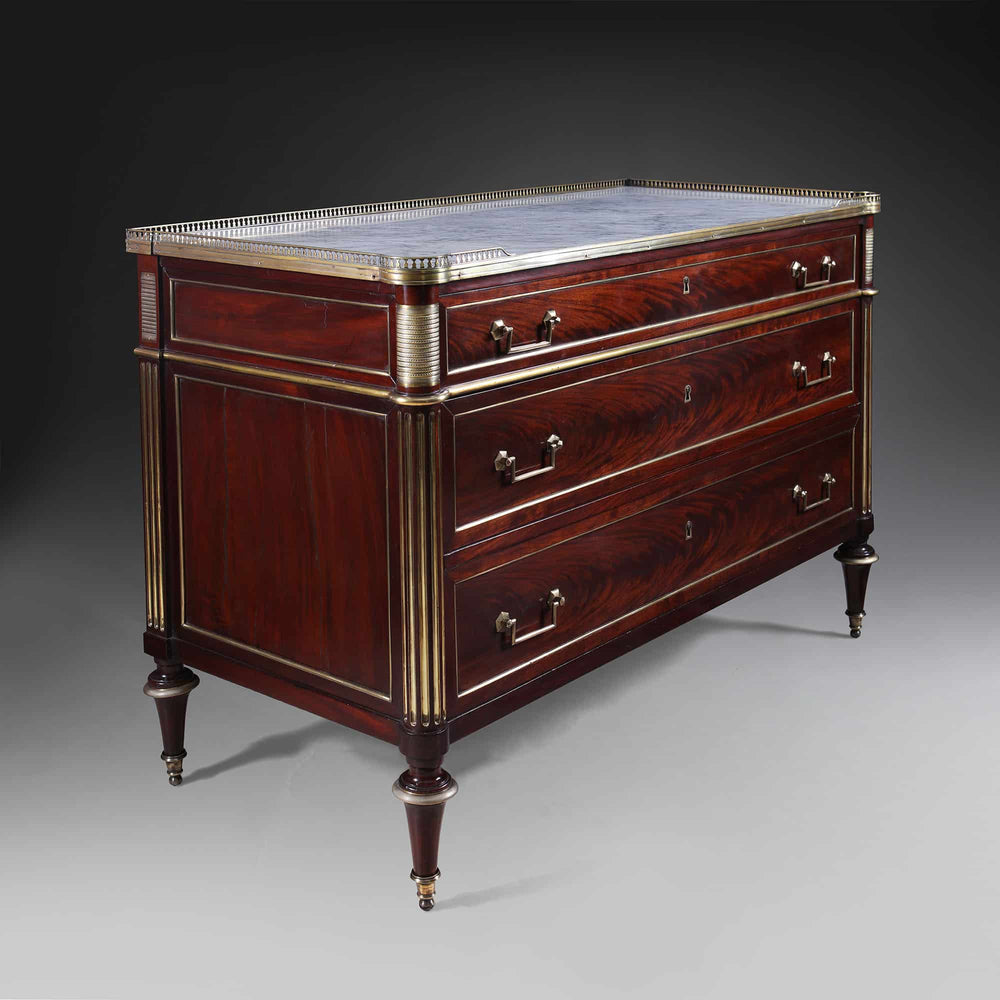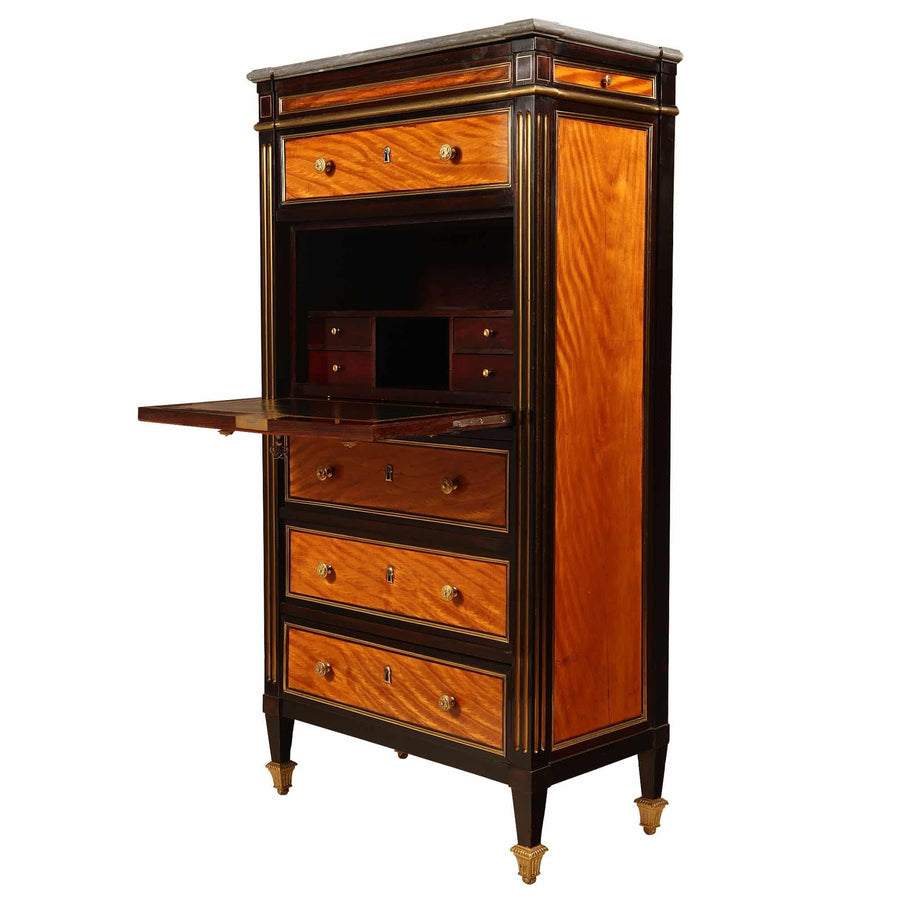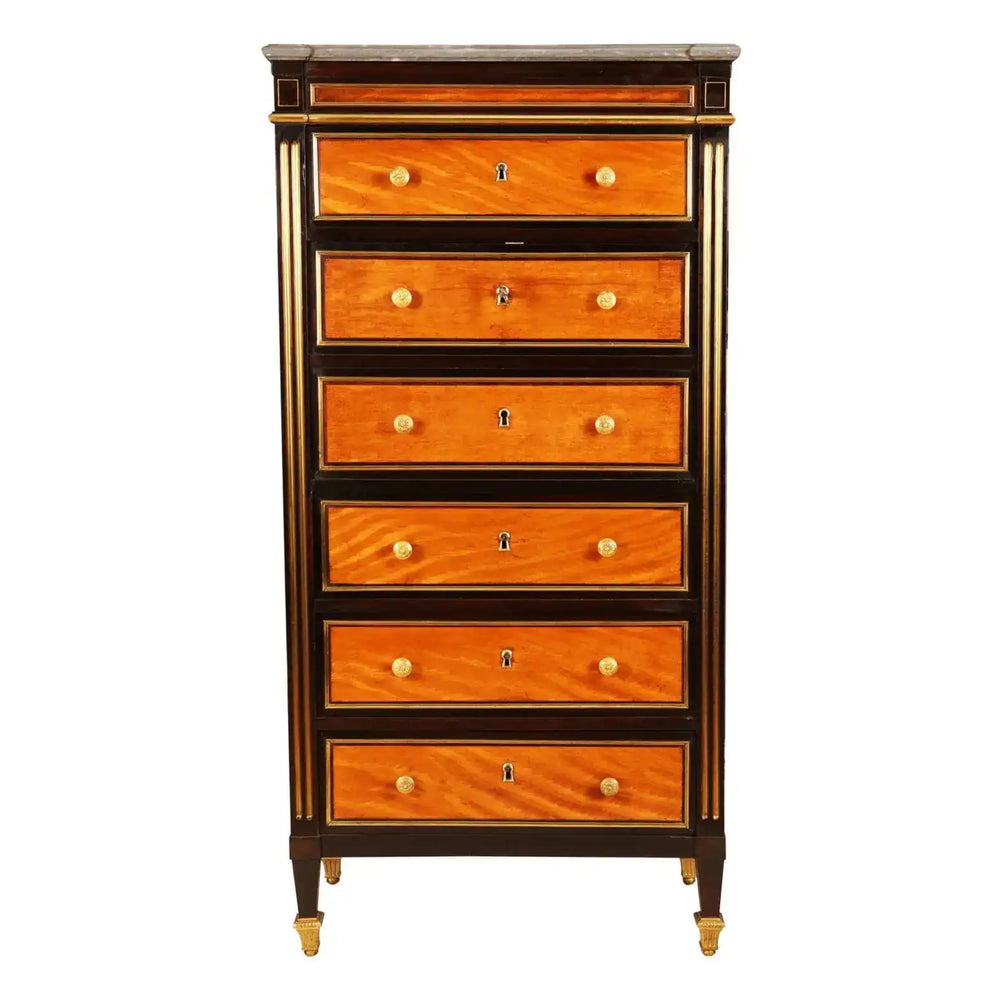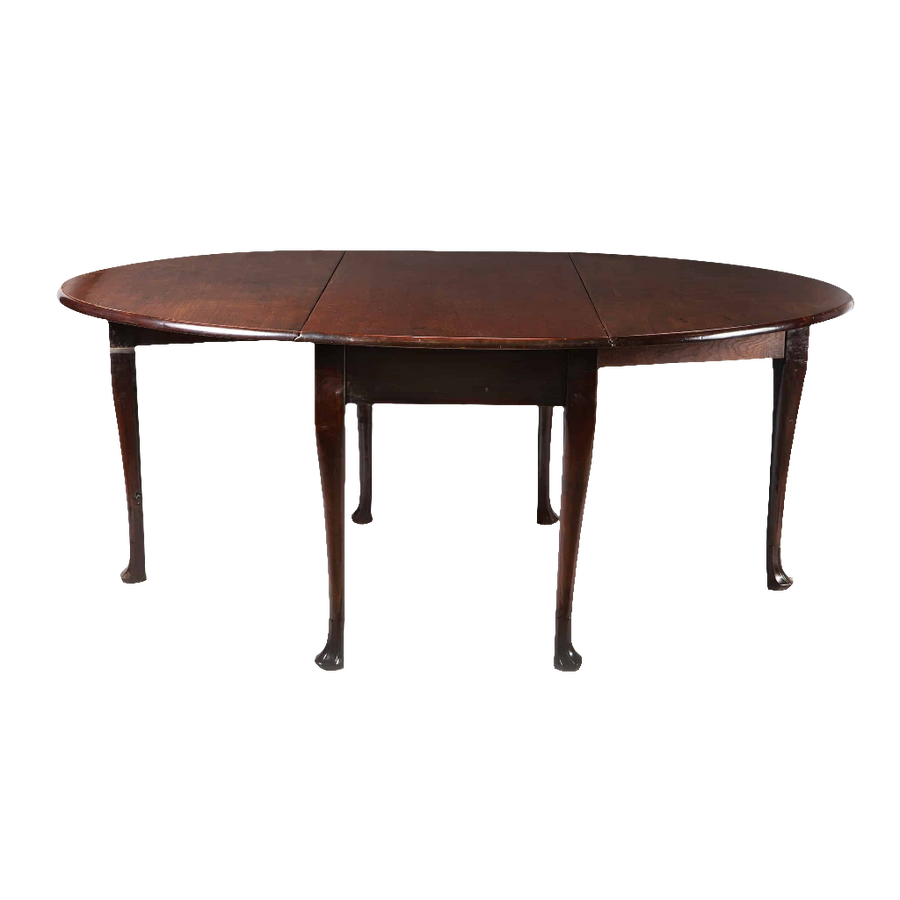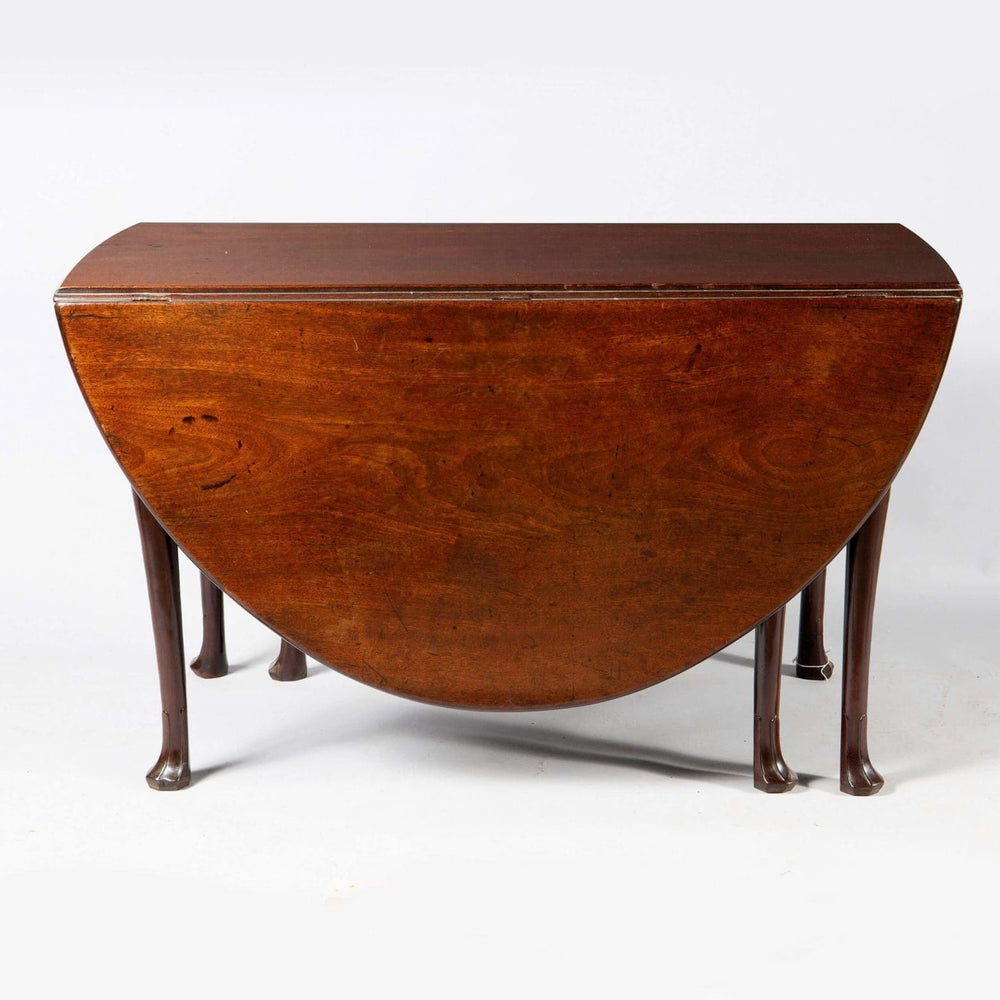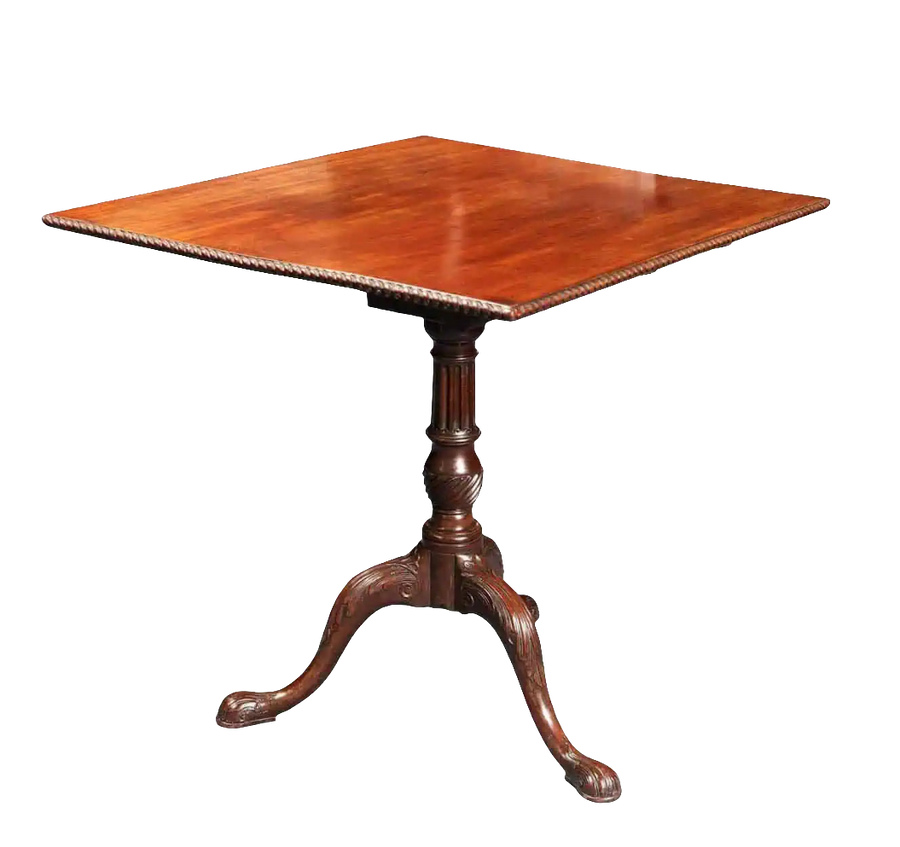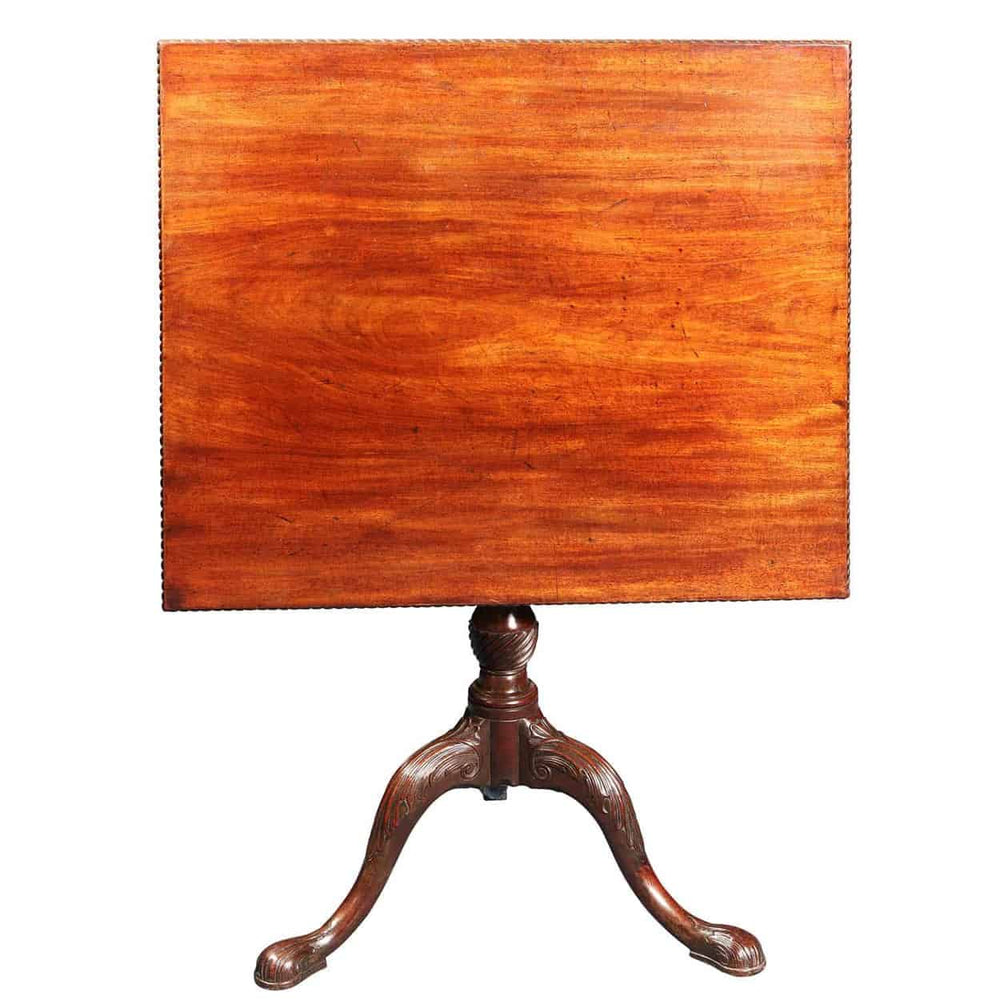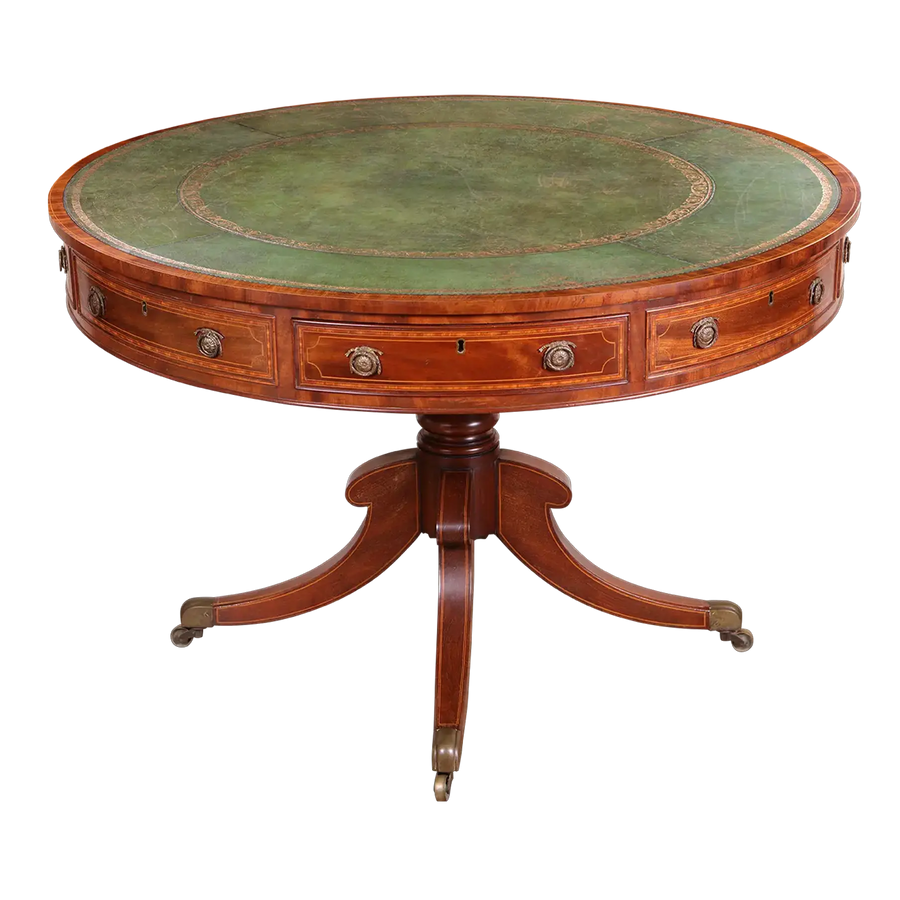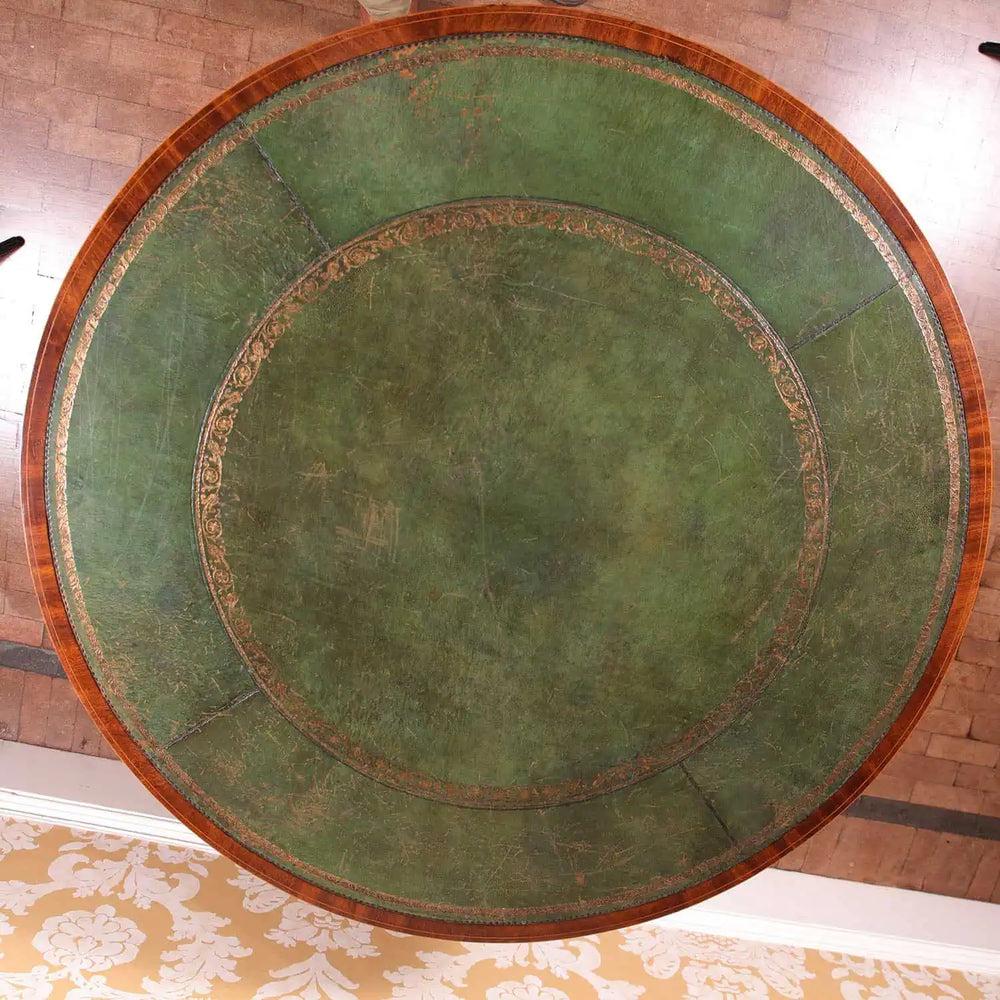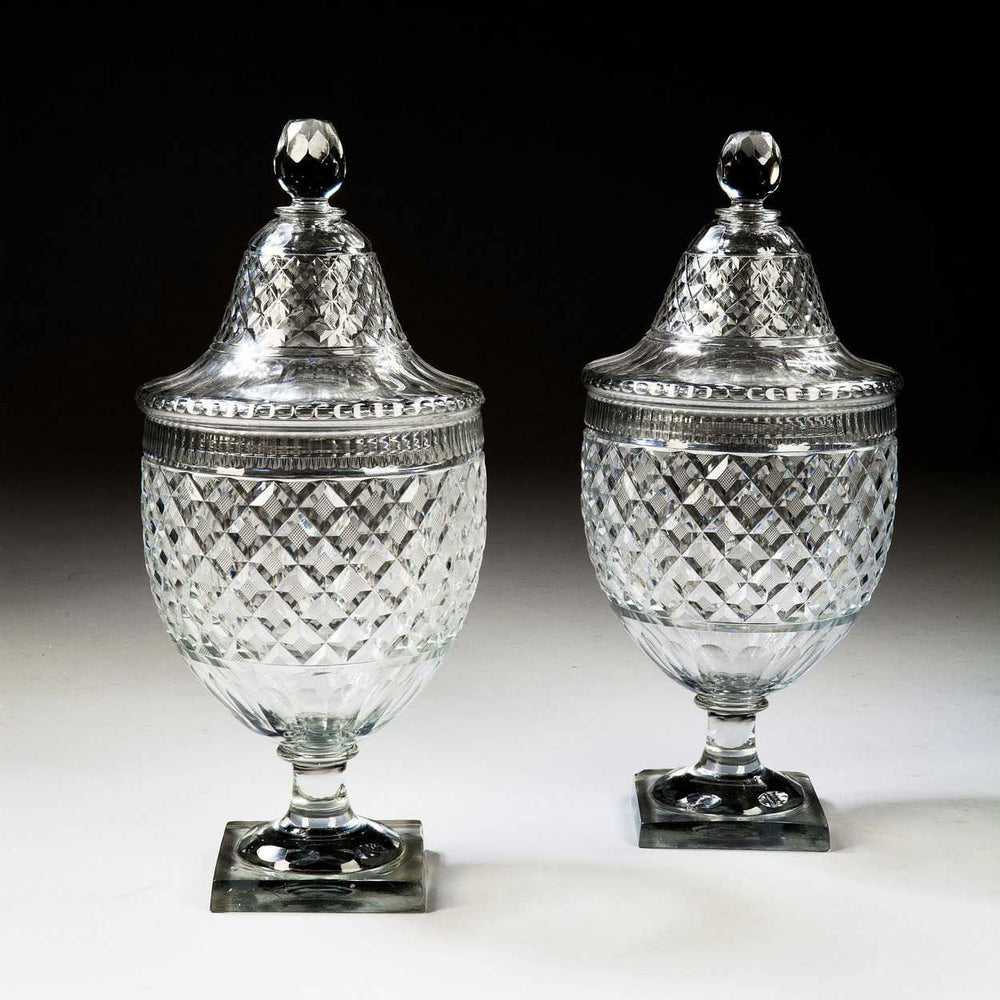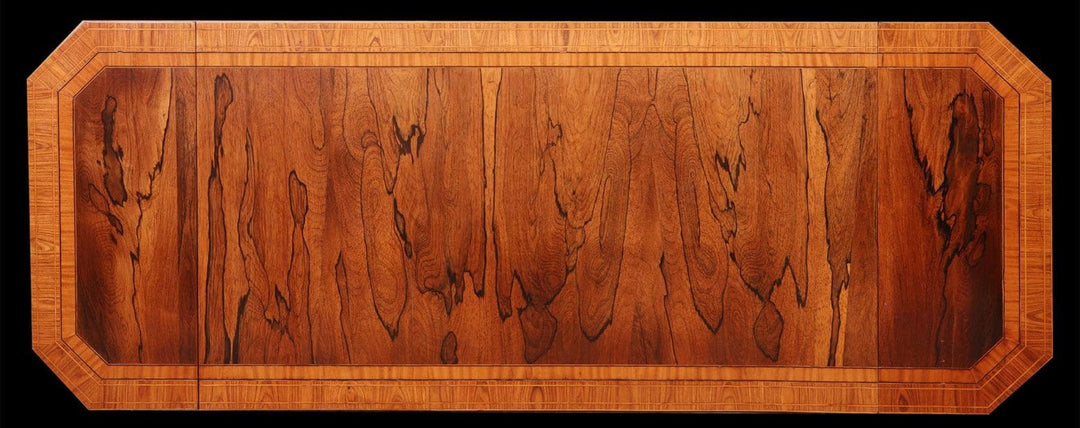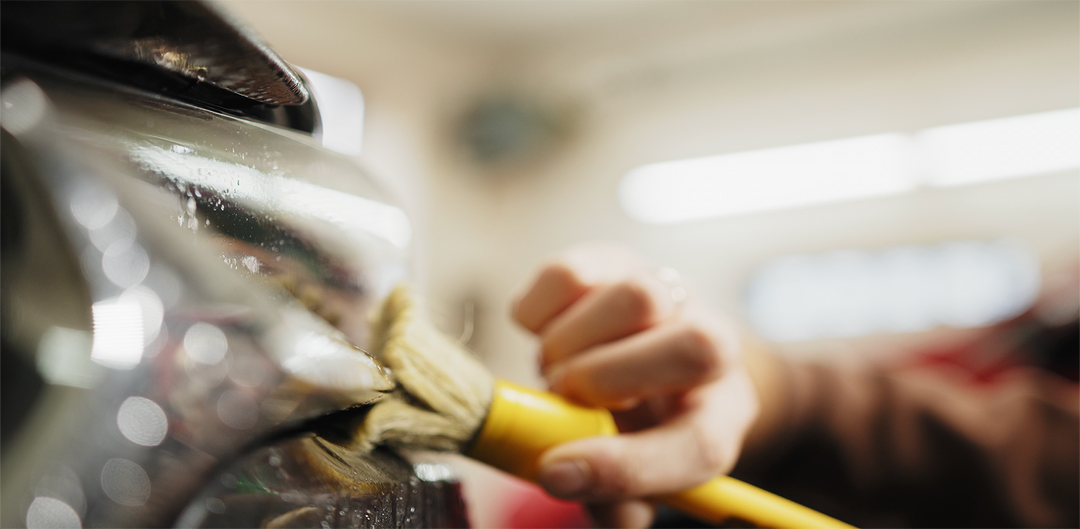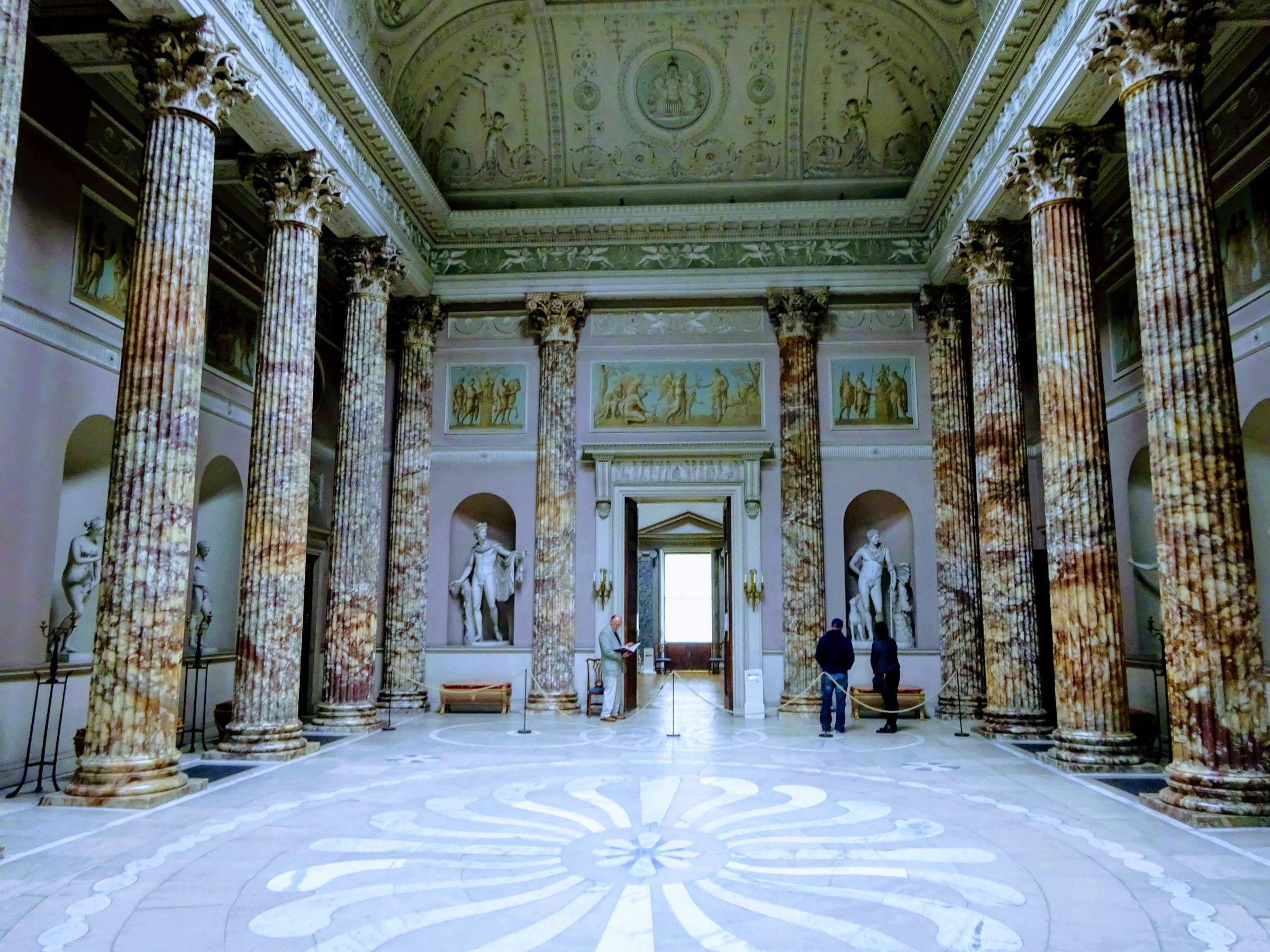
The 18th century was a golden age for the decorative arts in Europe, when aristocratic patronage, international trade, and masterful craftsmanship combined to produce objects of lasting beauty. Across continental Europe, from the palaces of southern Europe to the salons of northern Europe, new styles emerged — each reflecting regional character yet bound together by a shared pursuit of refinement and elegance.
At Nicholas Wells Antiques, we celebrate this extraordinary era through carefully curated pieces that embody the artistry and sophistication of 18th-century design.
Rococo: Lightness and Luxury in Continental Europe
First flourishing in France, Rococo spread rapidly across Europe, from Italy and Spain in the south to Germany and Scandinavia in the north. Characterised by playful asymmetry, gilded ornament, and soft colour palettes, Rococo furniture and decoration brought intimacy and charm into aristocratic interiors.
Highlights of Rococo craftsmanship include cabriole-legged chairs, bombe commodes, and gilt mirrors — pieces that blended comfort with exuberant decoration.
Porcelain: Europe’s Finest Achievement
Porcelain became one of the most coveted materials of the century, with manufactories across Europe competing to perfect and refine their artistry.
- Meissen (Germany) pioneered the first European hard-paste porcelain, famed for lifelike figurines and painted detail.
- Sèvres (France) produced sumptuous vases and tableware, collected by courts across continental Europe.
- Capodimonte (Naples) exemplified the elegance of southern European porcelain, marked by painterly decoration and sculptural inventiveness.
Themes of nature, mythology, and chinoiserie were shared across Europe, reflecting both local taste and international exchange.
Tapestry: Northern and Southern European Mastery
Tapestry weaving reached new artistic heights, uniting narrative and ornament in silk and wool.
- France’s Gobelins and Beauvais ateliers led continental production with mythological and pastoral epics.
- In northern Europe, Flemish workshops produced richly coloured hangings prized across the continent.
- In southern Europe, Italian centres wove smaller-scale ecclesiastical and decorative pieces.
Tapestries were not merely decoration but immersive storytelling devices, turning interiors into stage-sets of aristocratic taste.
Chinoiserie: Europe’s Exotic Fascination
Chinoiserie swept through both northern and southern Europe, reflecting European imaginings of Asia. Motifs of pagodas, dragons, and floral gardens enlivened furniture, ceramics, wallpaper, and lacquerware, often with playful, whimsical flair. From Parisian salons to English country houses, chinoiserie epitomised the European fascination with the exotic.
Silverware: Social Rituals in Precious Metal
Silversmiths across Europe transformed everyday rituals into displays of artistry and wealth.
- English and Dutch workshops in northern Europe excelled in refinement, producing elegant tea sets and candelabra.
- Spanish and Italian silversmiths in southern Europe created monumental ecclesiastical silver of dazzling effect.
Techniques such as repoussé, chasing, and engraving added layers of splendour, making silver central to both dining and ceremony.
Wallpaper: European Interiors Reimagined
Wallpaper emerged as a fashionable surface across Europe, turning walls into pictorial landscapes.
- England led innovation in printed designs, with firms such as Cole & Son exporting across the continent.
- Continental Europe embraced chinoiserie scenes, floral repeats, and panoramic landscapes, often inspired by textiles and engravings.
Wallpaper offered a cost-effective yet stylish alternative to tapestries, shaping interiors across both northern and southern Europe.
Britain’s Contribution to the European Tradition
Though geographically distinct, Britain played a vital role in the decorative arts of 18th-century Europe.
- Thomas Chippendale published The Director, a pattern book that spread English Rococo and Neoclassical designs across the continent.
- Robert Adam, inspired by the antiquities of southern Europe, developed a distinct Neoclassical language that influenced interiors from London to St Petersburg.
- Matthew Boulton of Birmingham merged artistry with industry, producing ormolu and silverware admired throughout Europe.
Nicholas Wells Antiques and the European Tradition
At Nicholas Wells Antiques, our collection of 18th-century European decorative arts reflects this remarkable dialogue between northern and southern Europe, Rococo exuberance and Neoclassical clarity, courtly splendour and domestic comfort.
Whether it is a giltwood mirror from continental Europe, a finely chased piece of English silver, or a cabinet inspired by southern European antiquity, each object carries the legacy of an era when artistry defined civilisation.
Explore our 18th-century antiques collection to discover original pieces that embody the refinement, elegance, and cultural richness of Europe’s decorative golden age.




